Bauhaus interior design continues to shape modern living spaces with its revolutionary "form follows function" philosophy. This influential movement, founded by Walter Gropius in 1919, emphasizes clean geometric lines, industrial materials, and purposeful minimalism. Contemporary homes can embrace these timeless principles through carefully curated furniture, strategic use of primary colors, and innovative storage solutions that prioritize both beauty and utility in everyday living.
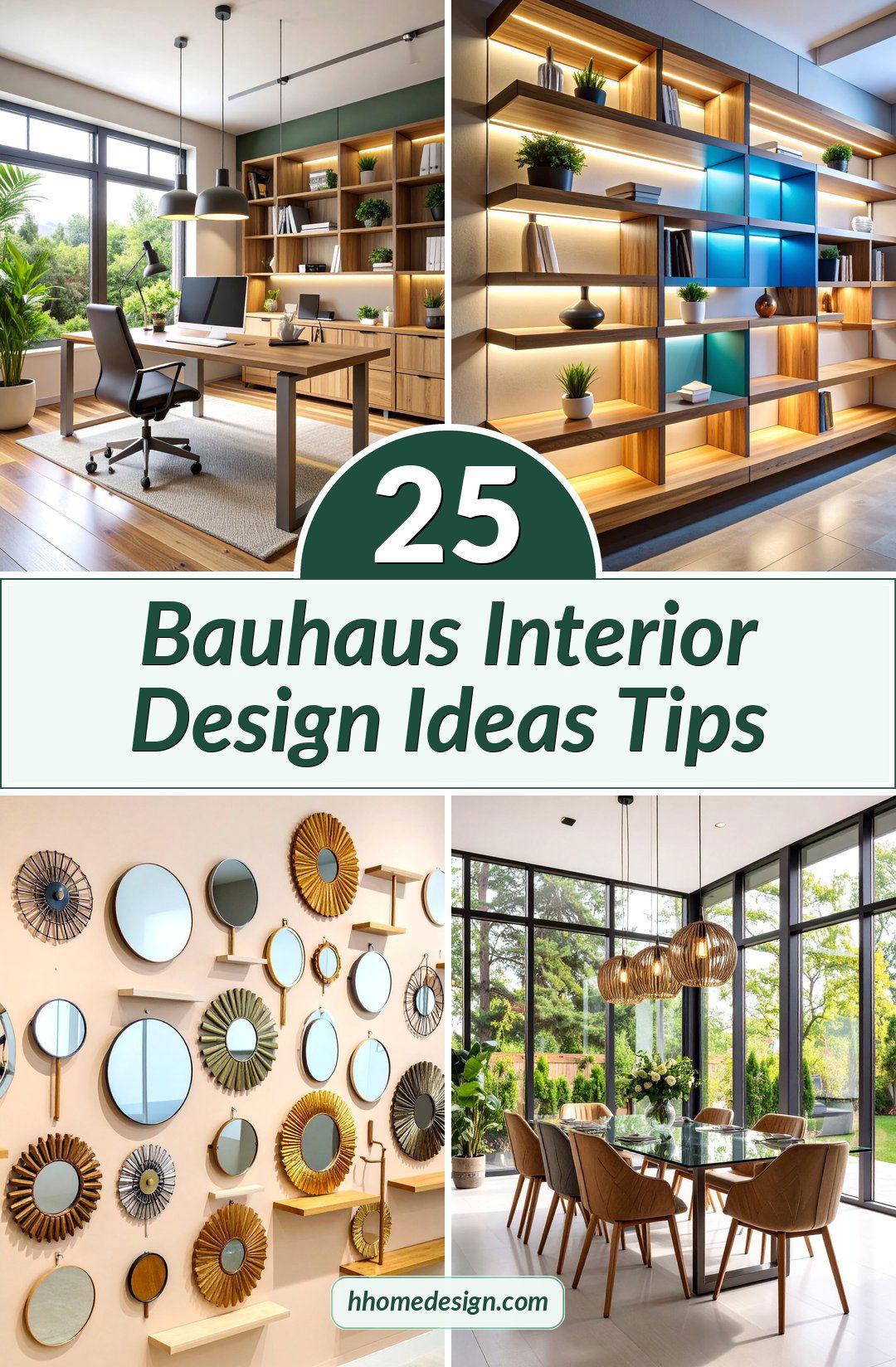
1. Geometric Living Room with Tubular Steel Furniture
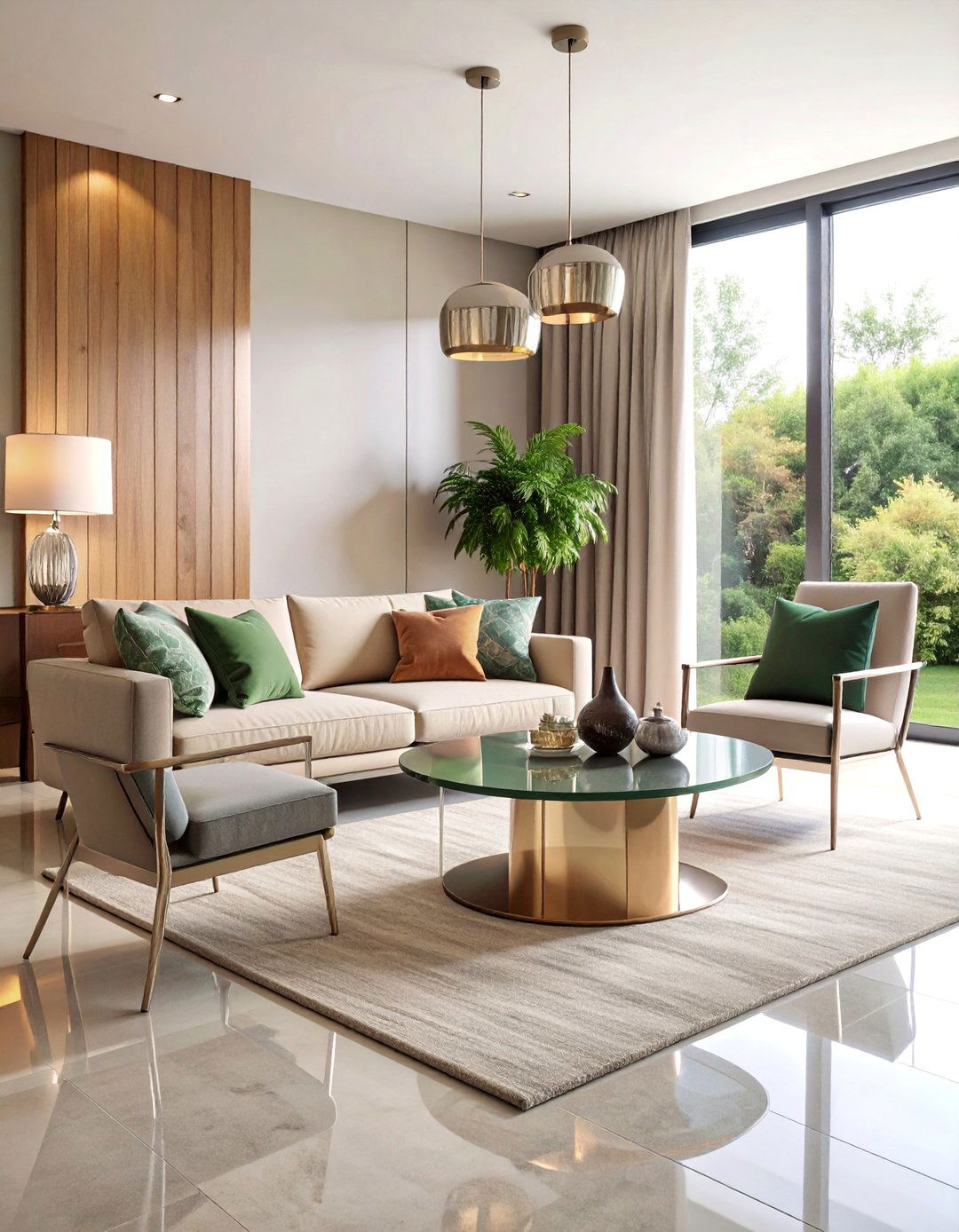
Create a striking living space centered around iconic tubular steel furniture that embodies Bauhaus principles. Focus on cantilever chairs, modular seating arrangements, and glass-topped coffee tables with chrome steel frames. Use a neutral palette of whites and grays as your foundation, then introduce bold primary color accents through geometric throw pillows, angular floor lamps, and abstract wall art. Position furniture to create open flow patterns that enhance functionality while maintaining visual balance. Include built-in storage solutions with clean lines and handleless designs that eliminate clutter and emphasize the room's architectural features.
2. Industrial Kitchen with Handleless Cabinetry

Transform your kitchen into a functional workspace using industrial materials and streamlined cabinet designs. Install handleless upper and lower cabinets in matte white or charcoal finishes that create seamless surfaces without decorative hardware. Choose stainless steel countertops, concrete backsplashes, and pendant lighting fixtures with geometric glass shades. Incorporate open shelving systems made from steel and wood that display dishware as functional art. Add primary color elements through a single red accent wall, yellow bar stools, or blue ceramic accessories while maintaining the overall monochromatic scheme that defines authentic Bauhaus kitchen aesthetics.
3. Minimalist Bedroom with Platform Bed Design

Design a serene sleeping environment using a low platform bed with built-in storage compartments that eliminate the need for additional furniture pieces. Choose bedding in crisp white linens with geometric patterns in primary colors through accent pillows or throw blankets. Install floating nightstands with integrated lighting and hidden storage spaces. Use large windows without heavy treatments to maximize natural light, complemented by adjustable reading lamps with articulated arms. Create visual interest through a single statement wall featuring bold geometric artwork or typography-inspired graphics while keeping remaining surfaces clean and unadorned for optimal rest and relaxation.
4. Functional Home Office with Modular Storage

Establish a productive workspace that emphasizes efficiency through modular storage systems and ergonomic furniture arrangements. Install floor-to-ceiling shelving units with adjustable components that adapt to changing organizational needs. Choose a streamlined desk with steel legs and wooden surfaces, paired with an iconic swivel chair featuring tubular steel construction. Implement task lighting through adjustable desk lamps and overhead pendant fixtures that provide focused illumination. Add primary color accents through filing cabinets, organizational accessories, or a single piece of geometric wall art. Maintain cable management through built-in solutions that preserve the clean aesthetic while supporting modern technology requirements.
5. Glass Partition Dining Room with Steel Framework
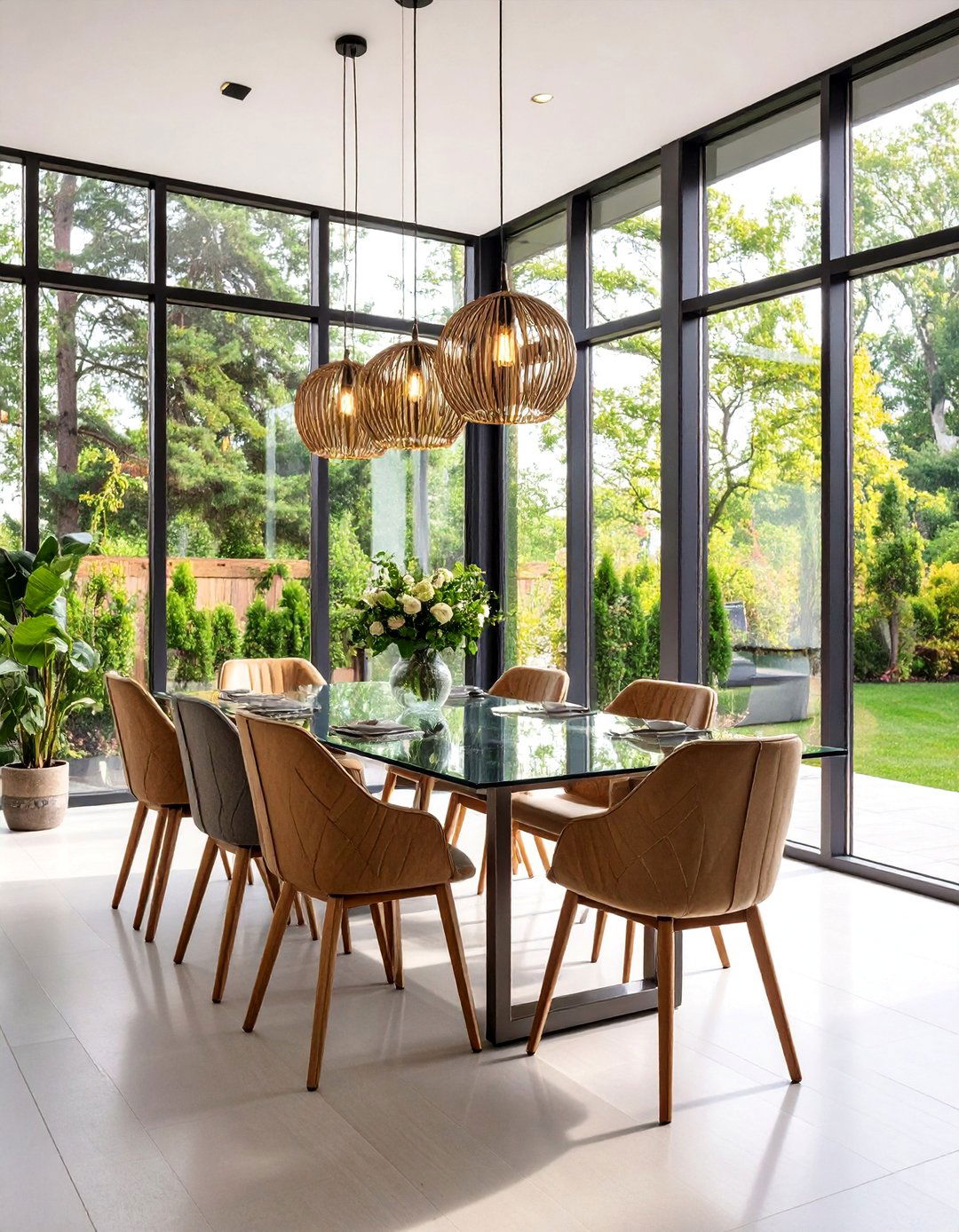
Create spatial definition without sacrificing openness using floor-to-ceiling glass partitions supported by minimal steel frameworks. Install a dining table with a glass top and tubular steel base that maintains visual transparency while providing sturdy functionality. Choose stackable chairs that can be stored efficiently when not in use, emphasizing the Bauhaus principle of adaptable design. Use pendant lighting fixtures with geometric shapes that cast interesting shadows and provide adequate task lighting. Incorporate a sideboard with clean lines and mixed materials of wood and steel for storage and display purposes while maintaining the room's architectural clarity.
6. Primary Color Accent Wall with Geometric Patterns
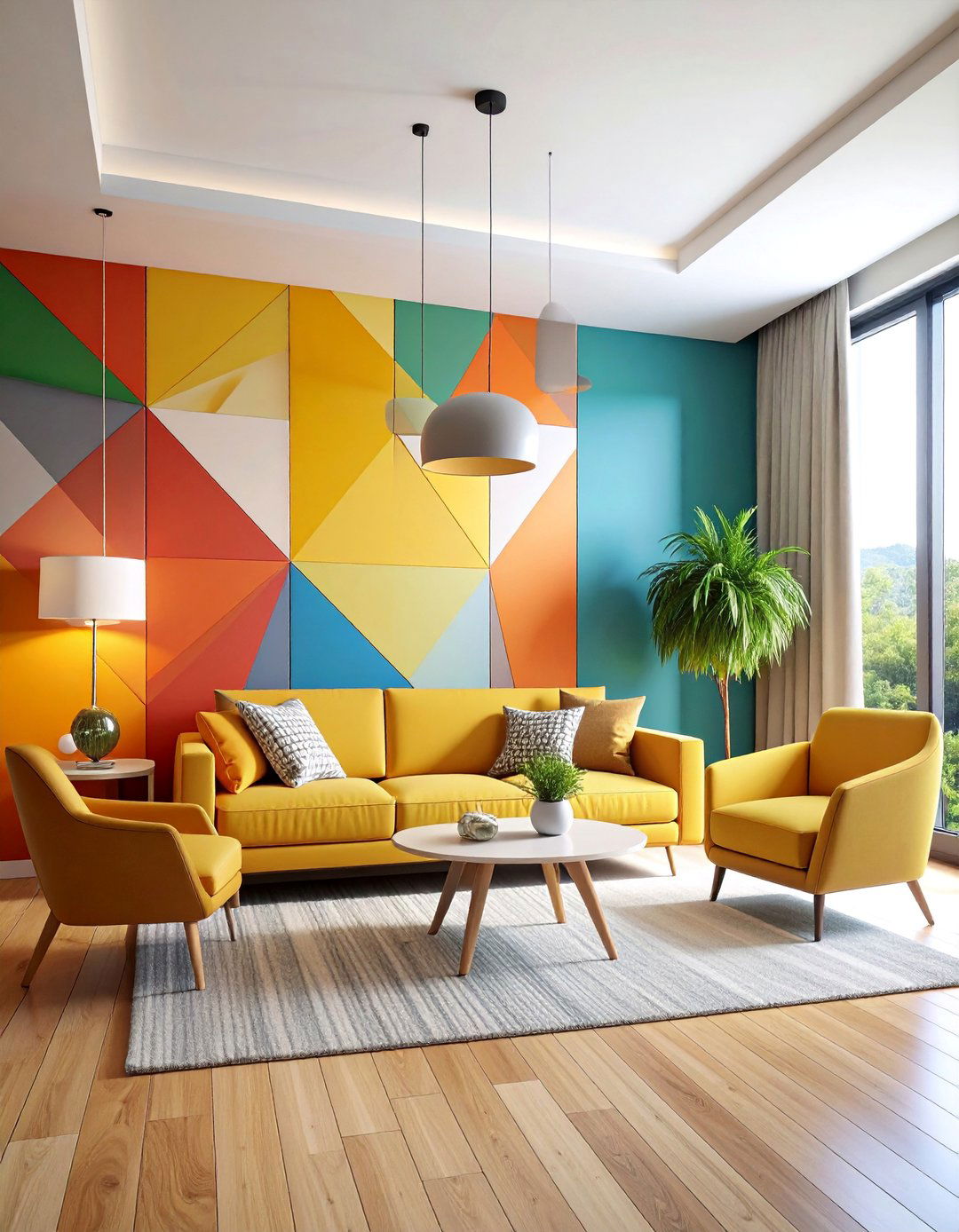
Transform any room through a single accent wall featuring bold geometric patterns in primary colors that serve as functional art. Create custom wall treatments using painted shapes, removable geometric decals, or modular wall panels that can be rearranged over time. Balance the bold statement with neutral furniture and accessories in whites, grays, and blacks. Include lighting solutions that highlight the wall's geometric elements while providing practical illumination for daily activities. This approach allows for easy updates and modifications while maintaining the Bauhaus emphasis on purposeful design that enhances rather than decorates the living environment.
7. Built-in Storage Solutions with Hidden Hardware

Maximize space efficiency through comprehensive built-in storage systems that integrate seamlessly with architectural elements. Design floor-to-ceiling units with a combination of open shelving and closed compartments that eliminate visual clutter. Use hidden hinges, magnetic closures, and push-to-open mechanisms that maintain clean surfaces without visible hardware. Incorporate mixed materials of wood, steel, and glass that reflect Bauhaus material honesty. Add integrated lighting within shelving units to highlight displayed objects and provide ambient illumination. These storage solutions should serve multiple functions while appearing as architectural features rather than added furniture pieces that compromise spatial flow.
8. Industrial Lighting Fixtures with Articulated Arms
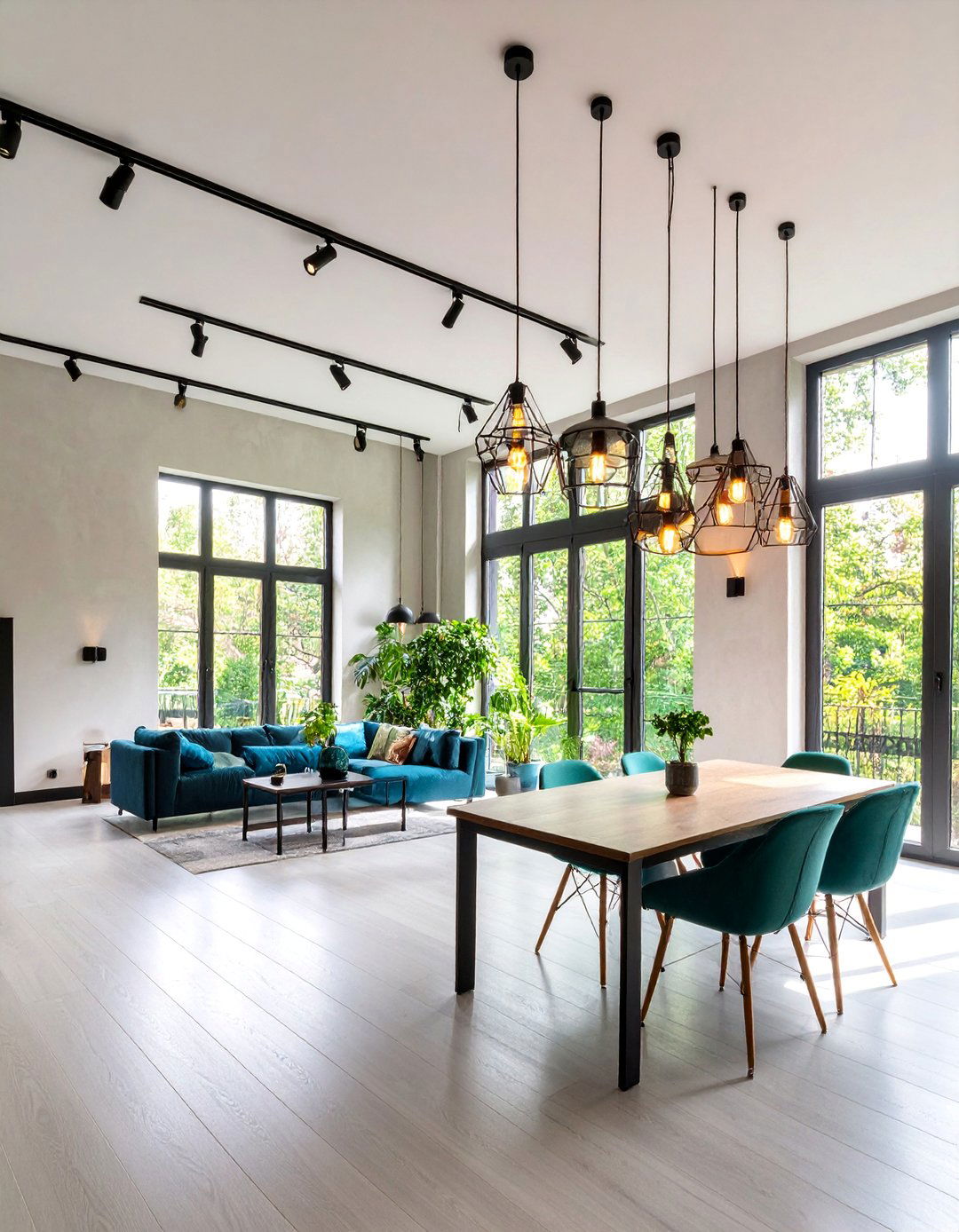
Illuminate spaces using adjustable lighting fixtures that combine functionality with sculptural presence. Install track lighting systems with directional spotlights that can be repositioned for different activities and occasions. Choose table and floor lamps with articulated arms that provide focused task lighting while serving as decorative elements when not in use. Use pendant fixtures with geometric glass or metal shades that cast interesting light patterns while maintaining clean aesthetic lines. Incorporate wall-mounted sconces with adjustable heads that provide reading light without requiring table space. Each lighting element should demonstrate the Bauhaus principle of beautiful utility.
9. Floating Shelves with Asymmetrical Arrangements
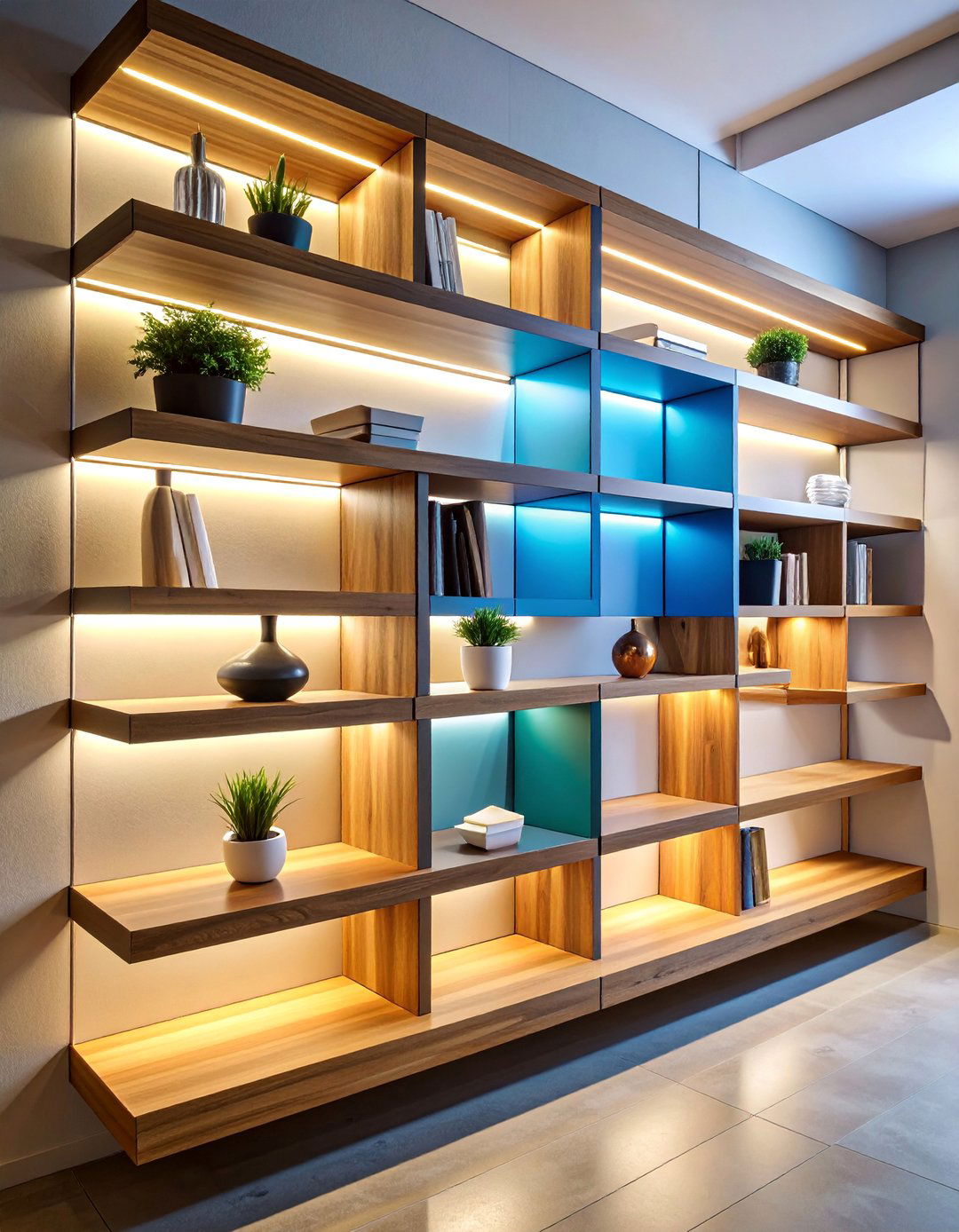
Create dynamic wall storage through floating shelves arranged in asymmetrical compositions that provide both function and visual interest. Use shelves of varying lengths and heights to accommodate different objects while maintaining geometric relationships. Choose materials that combine wood and steel elements, reflecting the Bauhaus appreciation for industrial materials. Display books, decorative objects, and functional items in carefully curated arrangements that avoid clutter while showcasing personal collections. Integrate hidden LED strip lighting beneath shelves to provide ambient illumination and highlight displayed items. This storage solution should appear to defy gravity while providing substantial organizational capacity.
10. Concrete Surfaces with Steel Accent Elements
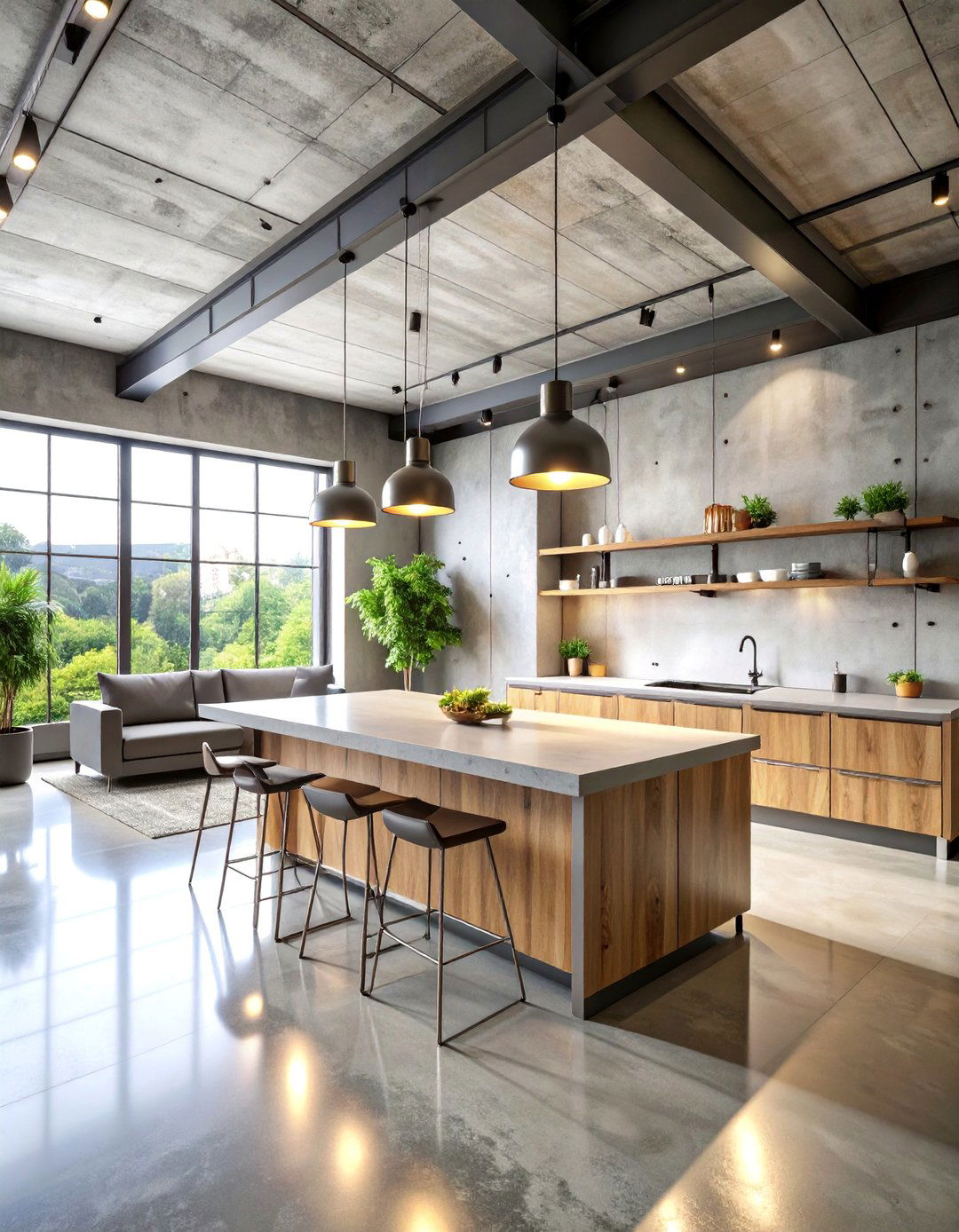
Incorporate raw concrete surfaces balanced with refined steel accents that celebrate material honesty and industrial aesthetics. Use concrete for countertops, accent walls, or flooring while ensuring proper sealing and finishing for practical use. Combine with stainless steel hardware, light fixtures, and furniture legs that provide visual contrast and functional durability. Add warmth through natural wood elements and primary color accents in textiles or accessories. Include integrated planters or display niches within concrete surfaces that soften the industrial feel while maintaining geometric precision. These material combinations should create sophisticated environments that honor Bauhaus principles of truth to materials.
11. Typography Wall Art with Sans-Serif Fonts
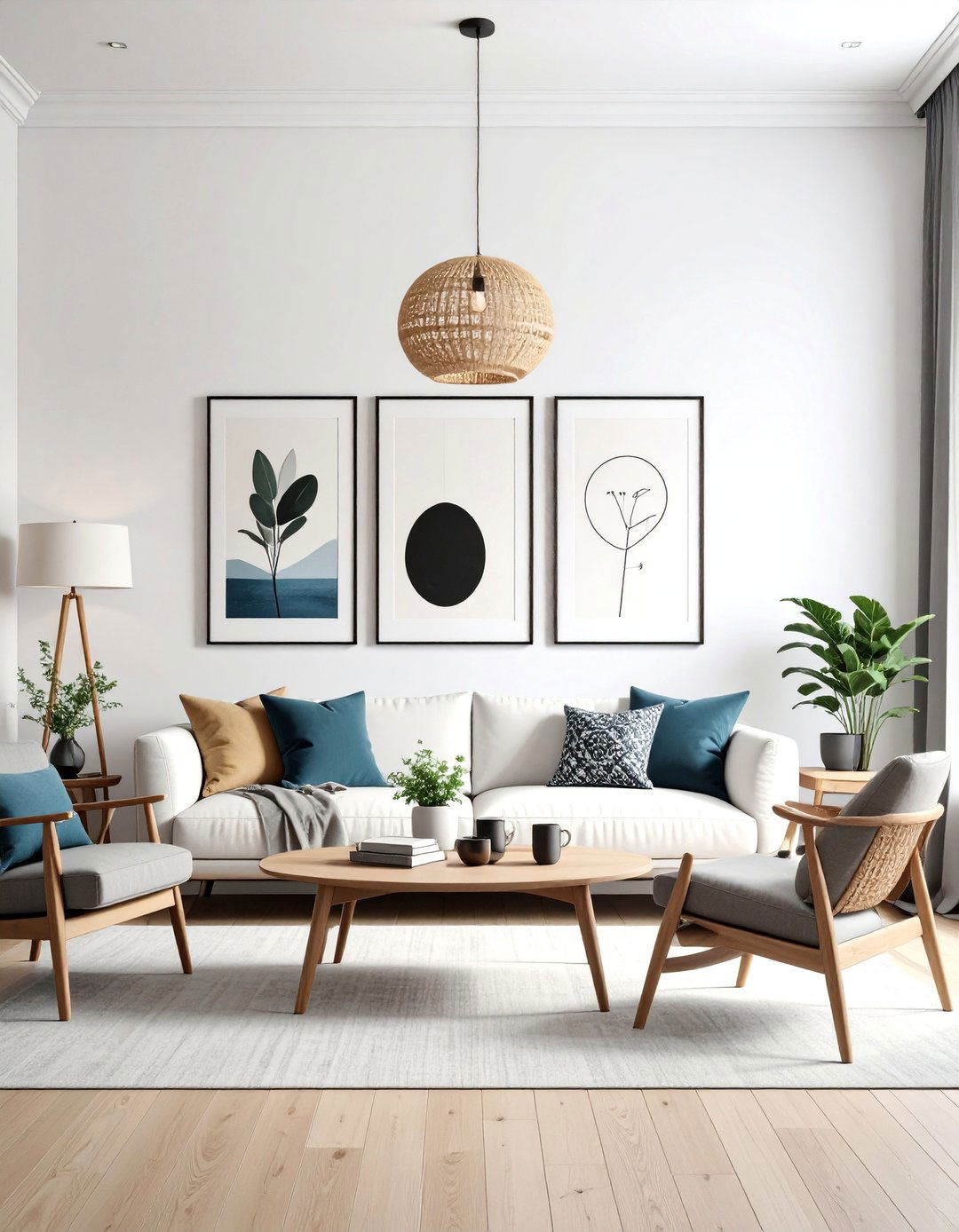
Transform wall spaces into functional art using large-scale typography that reflects Bauhaus graphic design principles. Create custom wall treatments featuring meaningful quotes, family names, or inspirational words rendered in clean sans-serif fonts. Use vinyl lettering, painted graphics, or three-dimensional letter forms that provide visual impact without overwhelming the space. Choose black typography on white walls or reverse the combination for dramatic effect. Include smaller typographic elements through framed prints or book displays that reinforce the graphic design theme. This approach combines personal expression with the Bauhaus tradition of treating typography as architectural element rather than mere decoration.
12. Modular Seating with Interchangeable Components
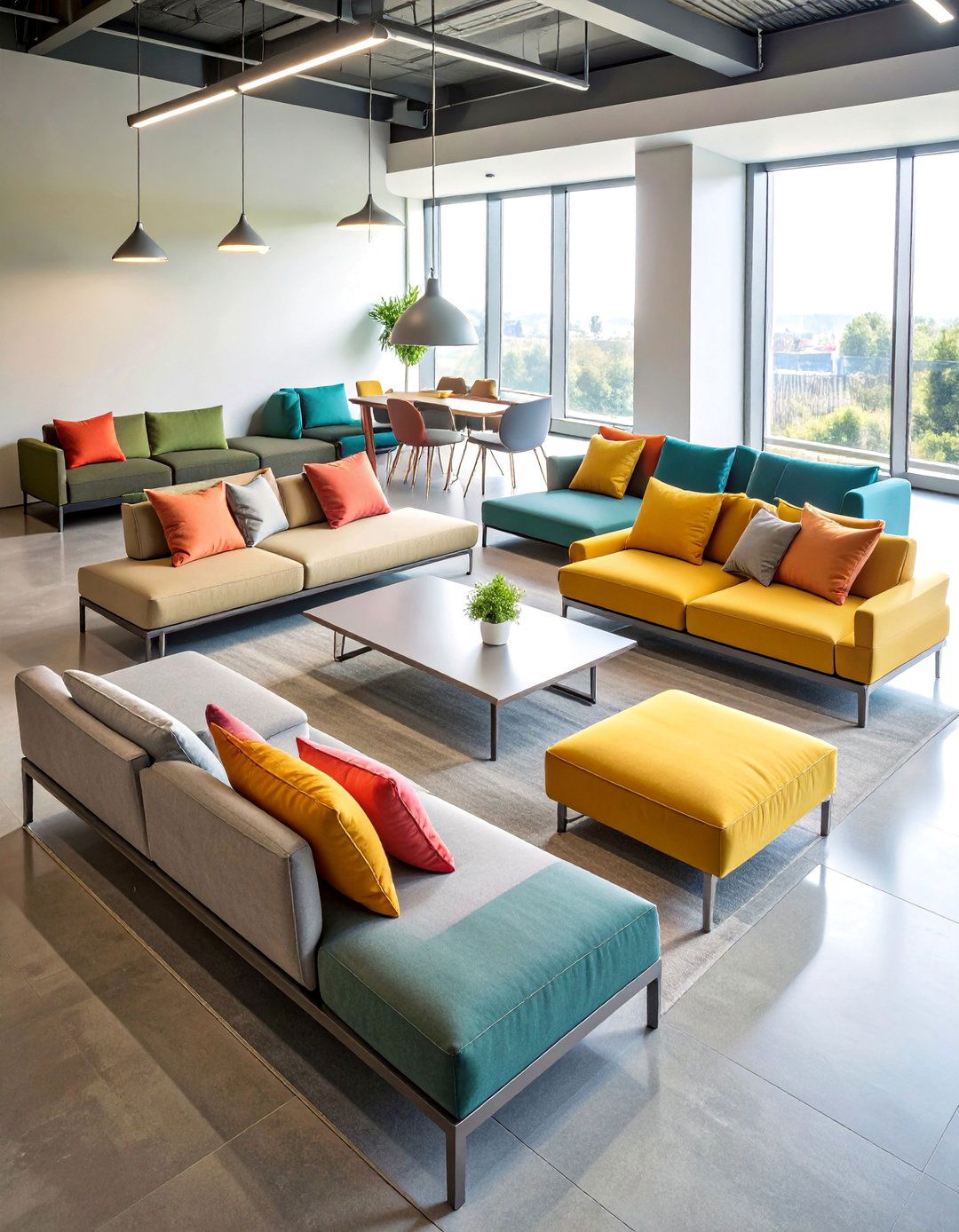
Design flexible seating arrangements using modular components that can be reconfigured for different social situations and spatial needs. Choose upholstered units with steel or wooden frames that maintain structural integrity while providing comfort. Use neutral fabrics as base colors with primary color accent pillows that can be changed seasonally. Include storage ottomans and side tables that serve multiple functions within the seating arrangement. Design the system to accommodate everything from intimate conversations to larger gatherings without requiring additional furniture. Each component should work independently while contributing to cohesive compositions that demonstrate Bauhaus principles of adaptability and efficient design.
13. Steel Frame Windows with Minimal Mullions
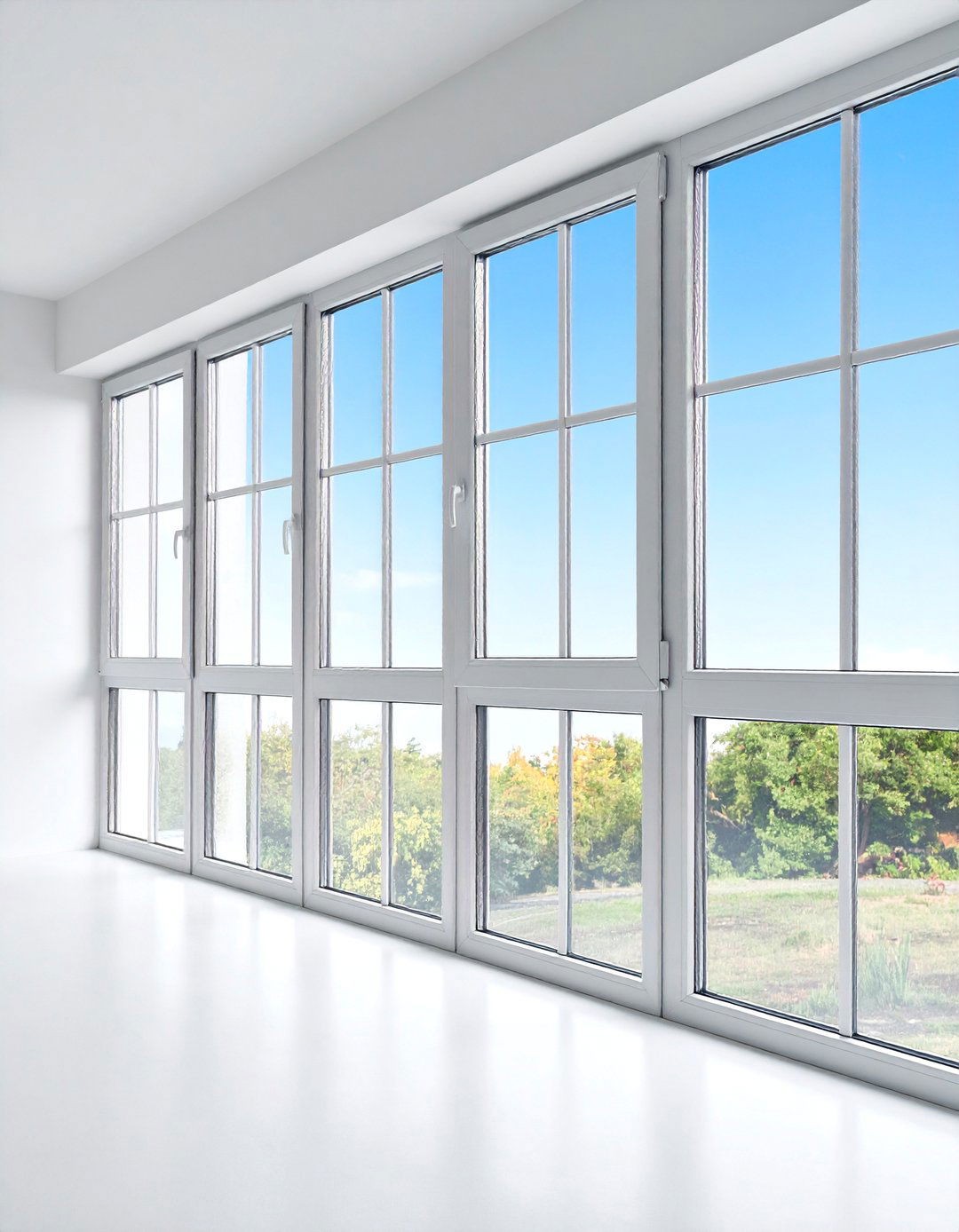
Maximize natural light and architectural clarity through large steel frame windows that eliminate unnecessary visual barriers. Choose frames with thin profiles that provide structural support while minimizing visual mass. Use clear glass without decorative treatments that would compromise the clean aesthetic or reduce light transmission. Include operable sections that provide natural ventilation while maintaining the geometric window compositions. Design window arrangements that frame exterior views like architectural artwork while flooding interior spaces with daylight. These window systems should demonstrate the Bauhaus belief in honest materials and connection between interior and exterior environments.
14. Cantilever Desk with Integrated Storage
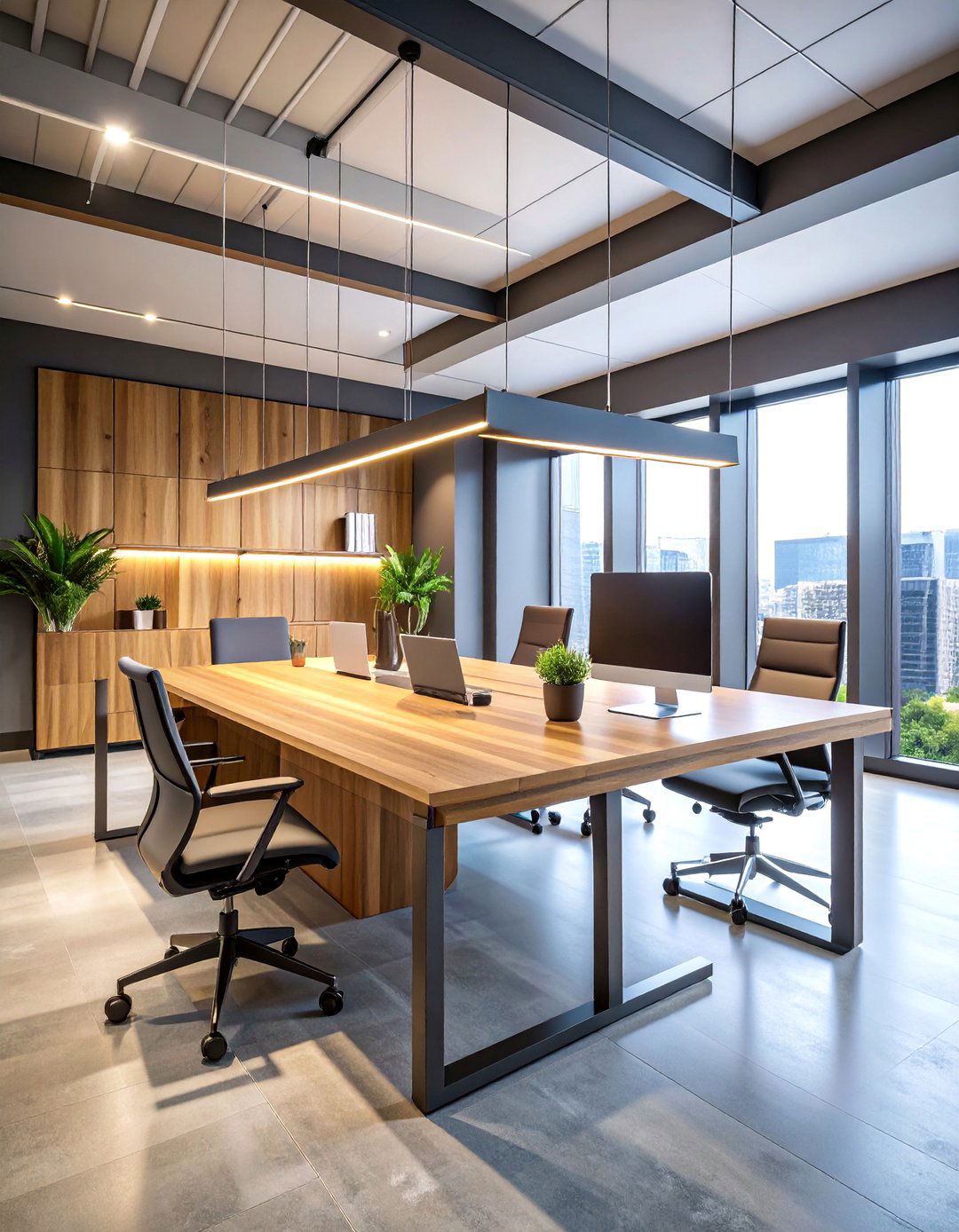
Create an efficient workspace using a cantilever desk design that appears to float while providing substantial work surface and storage capacity. Choose materials that combine steel structural elements with wood or laminate work surfaces for durability and visual interest. Include integrated drawers, filing systems, and cable management that maintain clean lines while supporting modern work requirements. Add task lighting through adjustable desk lamps or overhead fixtures that provide focused illumination. Design the desk to complement existing architectural elements while serving as a sculptural furniture piece that demonstrates engineering precision and aesthetic refinement characteristic of Bauhaus furniture design.
15. Open Floor Plan with Defined Activity Zones
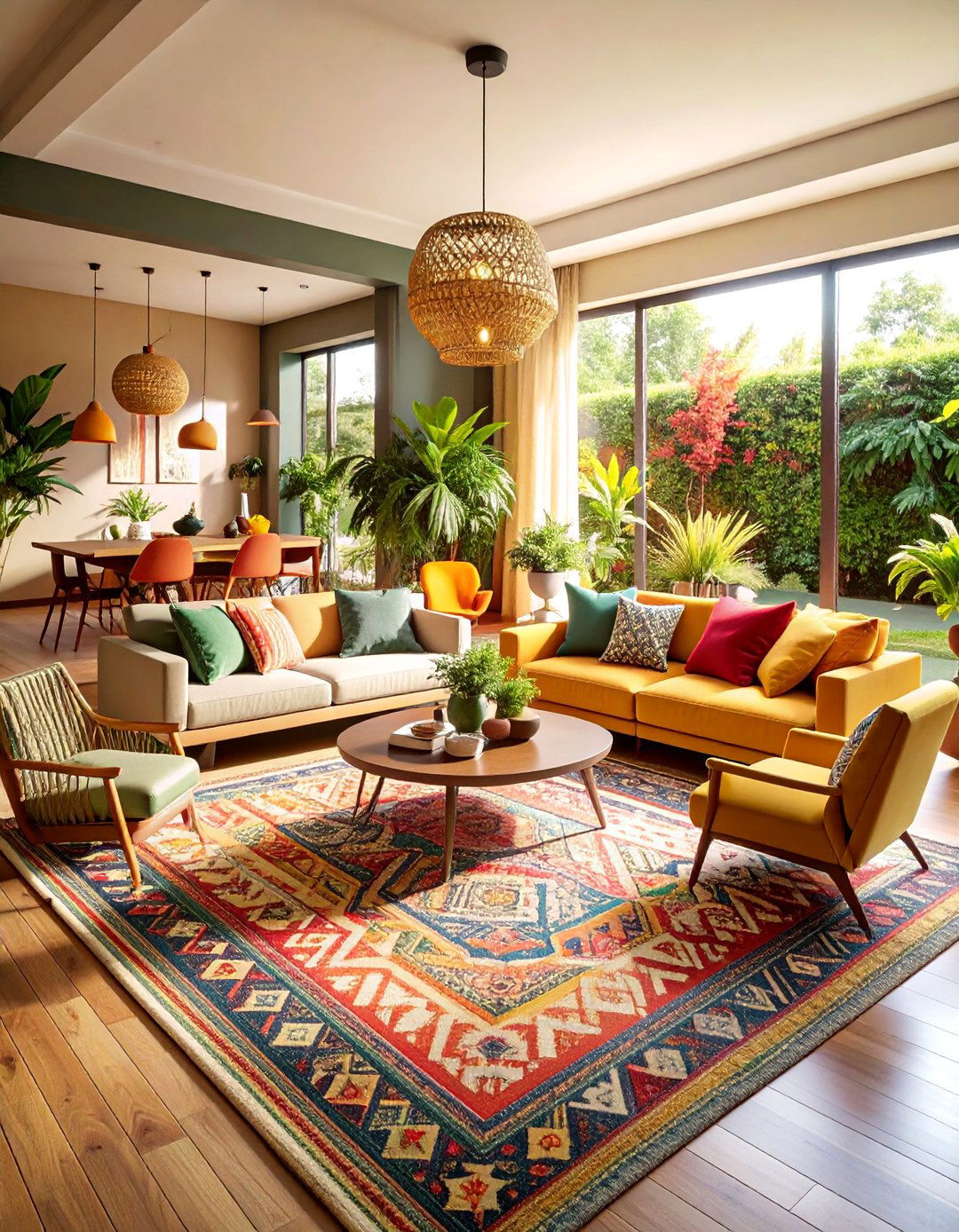
Organize large spaces through careful furniture placement and architectural elements that create distinct activity areas without physical barriers. Use area rugs with geometric patterns to define seating groups, dining areas, and work zones while maintaining visual flow throughout the space. Choose furniture with consistent material palettes and design languages that unify different functional areas. Include strategic lighting that reinforces zoning while providing appropriate illumination for specific activities. Add storage solutions and display elements that serve multiple zones while maintaining clean sight lines. This approach should demonstrate how thoughtful design can maximize spatial efficiency while accommodating diverse living functions.
16. Geometric Mirror Arrangements with Functional Frames

Enhance natural light and spatial perception through carefully arranged mirrors with geometric frames that serve both functional and decorative purposes. Choose circular, square, and rectangular mirrors in various sizes that can be grouped to create dynamic wall compositions. Use frames in steel, wood, or painted finishes that complement existing architectural elements. Include mirrors with integrated shelving or lighting that provide additional functionality beyond reflection. Position mirror groups to bounce light throughout the space while creating interesting visual relationships with windows, artwork, and furniture. These arrangements should demonstrate how functional objects can create artistic impact when thoughtfully organized.
17. Multi-functional Furniture with Hidden Features

Integrate furniture pieces that serve multiple purposes while maintaining the clean aesthetic essential to Bauhaus design principles. Choose dining tables with hidden storage compartments, coffee tables that convert to work surfaces, and seating with integrated side tables or magazine storage. Use mechanical systems that operate smoothly and reliably without compromising structural integrity or visual appeal. Include pieces that can be easily reconfigured for different uses throughout the day or season. Design these furniture elements to appear simple and straightforward while providing sophisticated functionality that enhances daily living efficiency. Each piece should demonstrate ingenuity in problem-solving while maintaining beautiful proportions and honest material expression.
18. Primary Color Kitchen Island with Steel Details
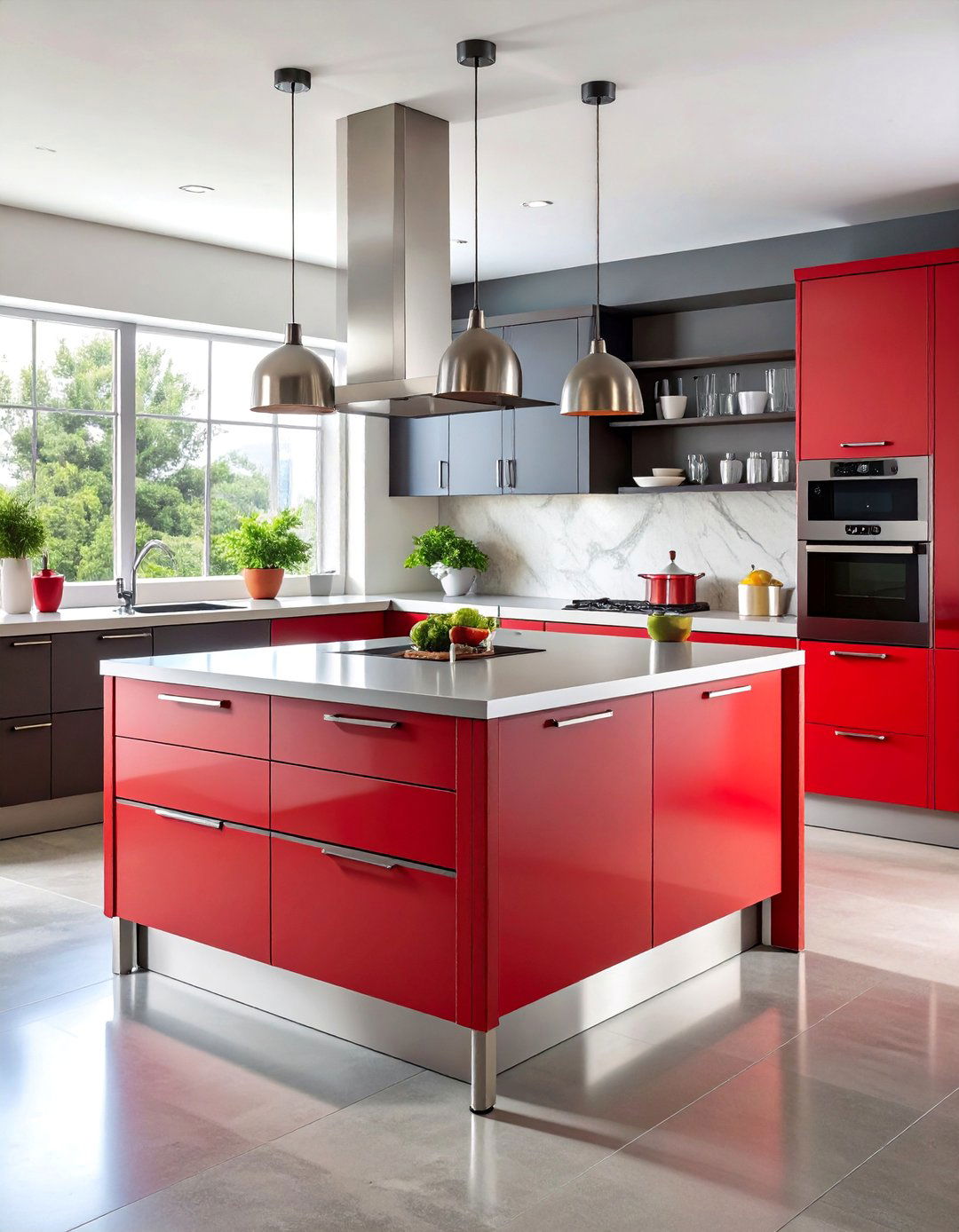
Create a focal point through a kitchen island featuring bold primary color finishes balanced with steel structural and decorative elements. Choose red, yellow, or blue for cabinet faces while maintaining neutral countertop materials like stainless steel or white stone. Include steel legs, hardware, and light fixtures that provide visual connection to other Bauhaus elements throughout the space. Design integrated storage, seating, and appliance housing that maximizes functionality while maintaining clean geometric forms. Add open shelving or display areas that showcase dishware and cooking implements as functional art. This island should serve as both workspace and design statement that anchors the kitchen's Bauhaus aesthetic.
19. Textural Contrast with Natural and Industrial Materials
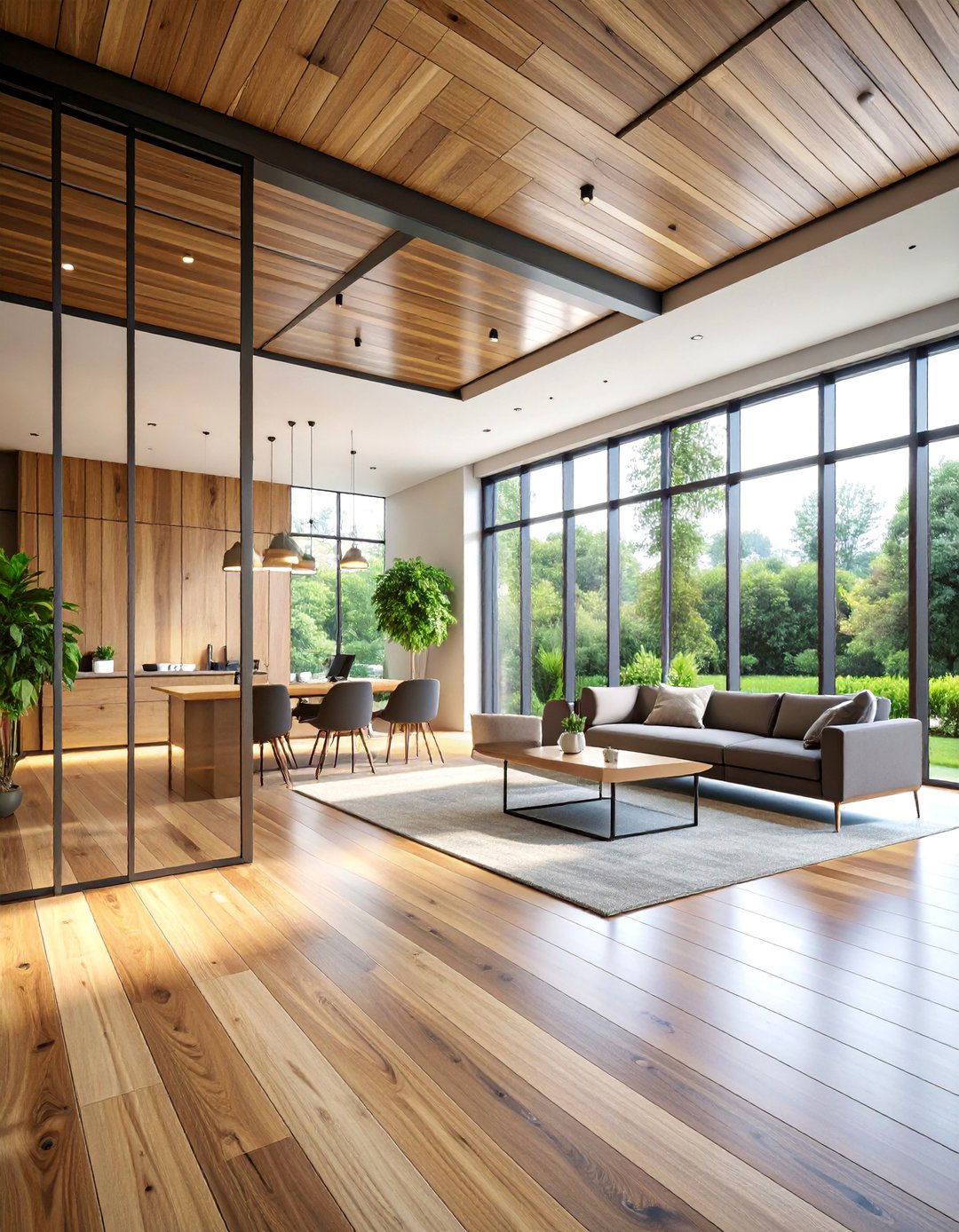
Combine natural wood elements with industrial steel and glass components to create sophisticated textural relationships that honor Bauhaus material principles. Use warm wood tones for flooring, furniture surfaces, and accent elements while incorporating steel for structural components and hardware. Add glass elements through lighting fixtures, table tops, and architectural details that provide transparency and reflection. Include concrete accents for countertops or accent walls that bridge the natural and industrial material families. Choose finishes that celebrate each material's inherent qualities rather than attempting to disguise or overly refine their natural characteristics. These combinations should create environments that feel both sophisticated and authentic.
20. Integrated Entertainment Systems with Hidden Technology
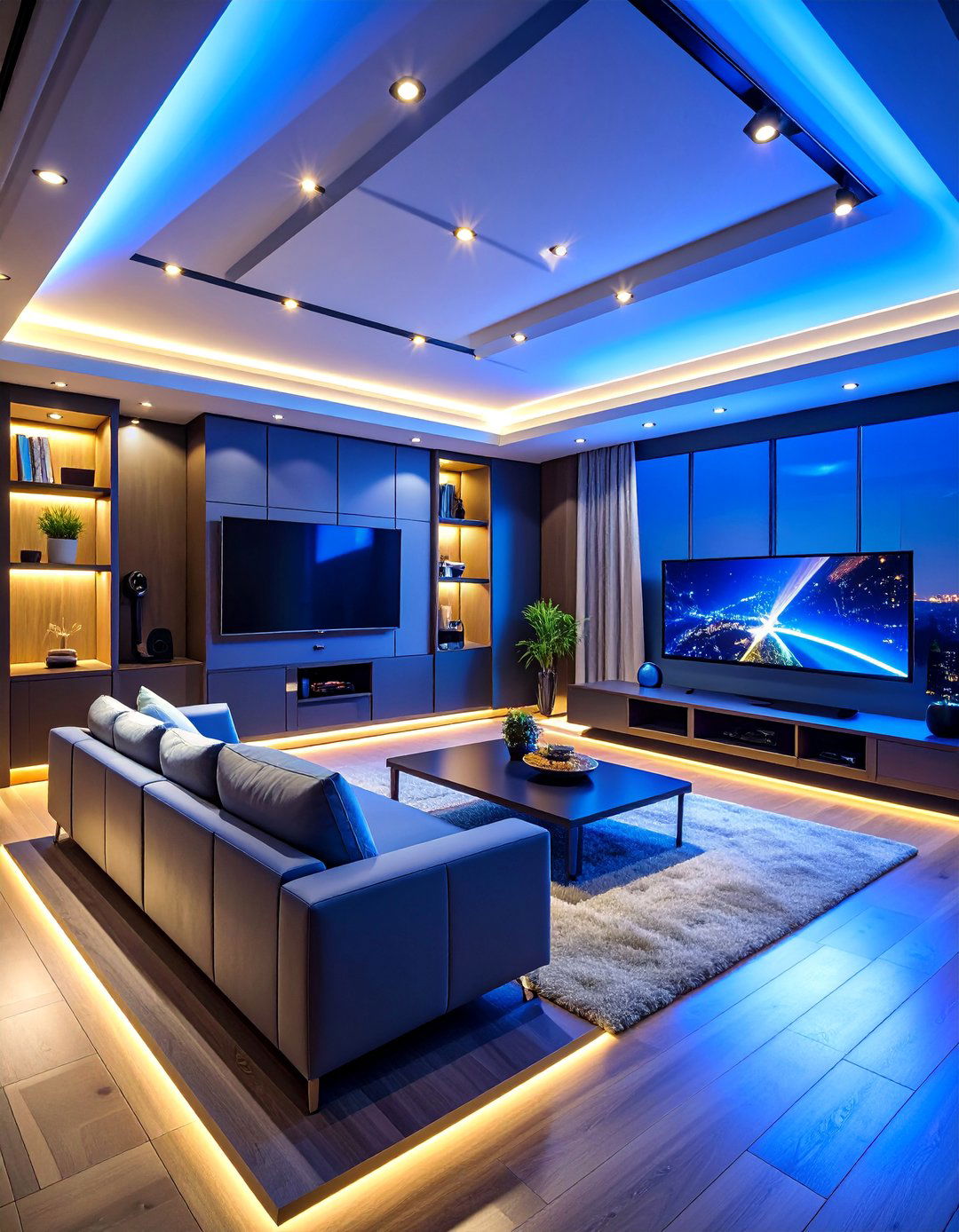
Design media storage and display systems that accommodate modern technology while maintaining clean visual aesthetics essential to Bauhaus principles. Create built-in cabinetry with hidden cable management, ventilation systems, and component storage that keeps electronic equipment organized but invisible. Use sliding panels, lift mechanisms, or rotating elements that reveal technology when needed while maintaining clean surfaces when not in use. Include integrated speakers, lighting controls, and charging stations that support contemporary lifestyle requirements. Design these systems to appear as architectural elements rather than technology furniture, demonstrating how thoughtful planning can integrate modern conveniences without compromising design integrity.
21. Bathroom Design with Floating Vanities and Geometric Tiles
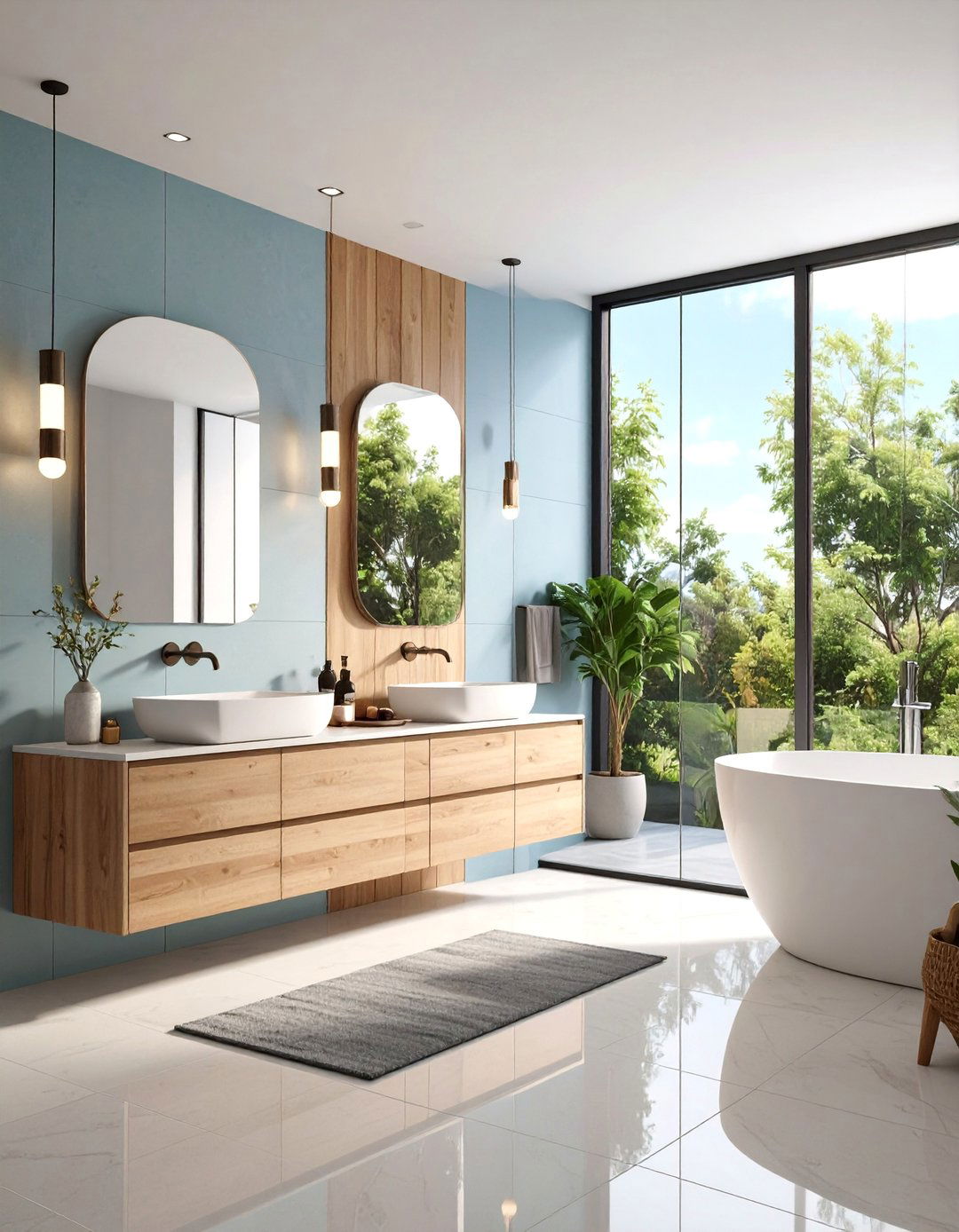
Transform bathroom spaces through floating vanities that create visual lightness while providing essential storage and counter space. Choose geometric tile patterns for floors and accent walls that reinforce Bauhaus graphic principles while ensuring practical durability. Include wall-mounted faucets and fixtures that eliminate visual clutter while providing reliable functionality. Add large mirrors with minimal frames and integrated lighting that enhance both utility and spatial perception. Use a combination of materials including steel, glass, and stone that create sophisticated relationships while supporting the demanding functional requirements of bathroom environments. These designs should feel both luxurious and purposeful.
22. Workspace Organization with Grid-Based Systems
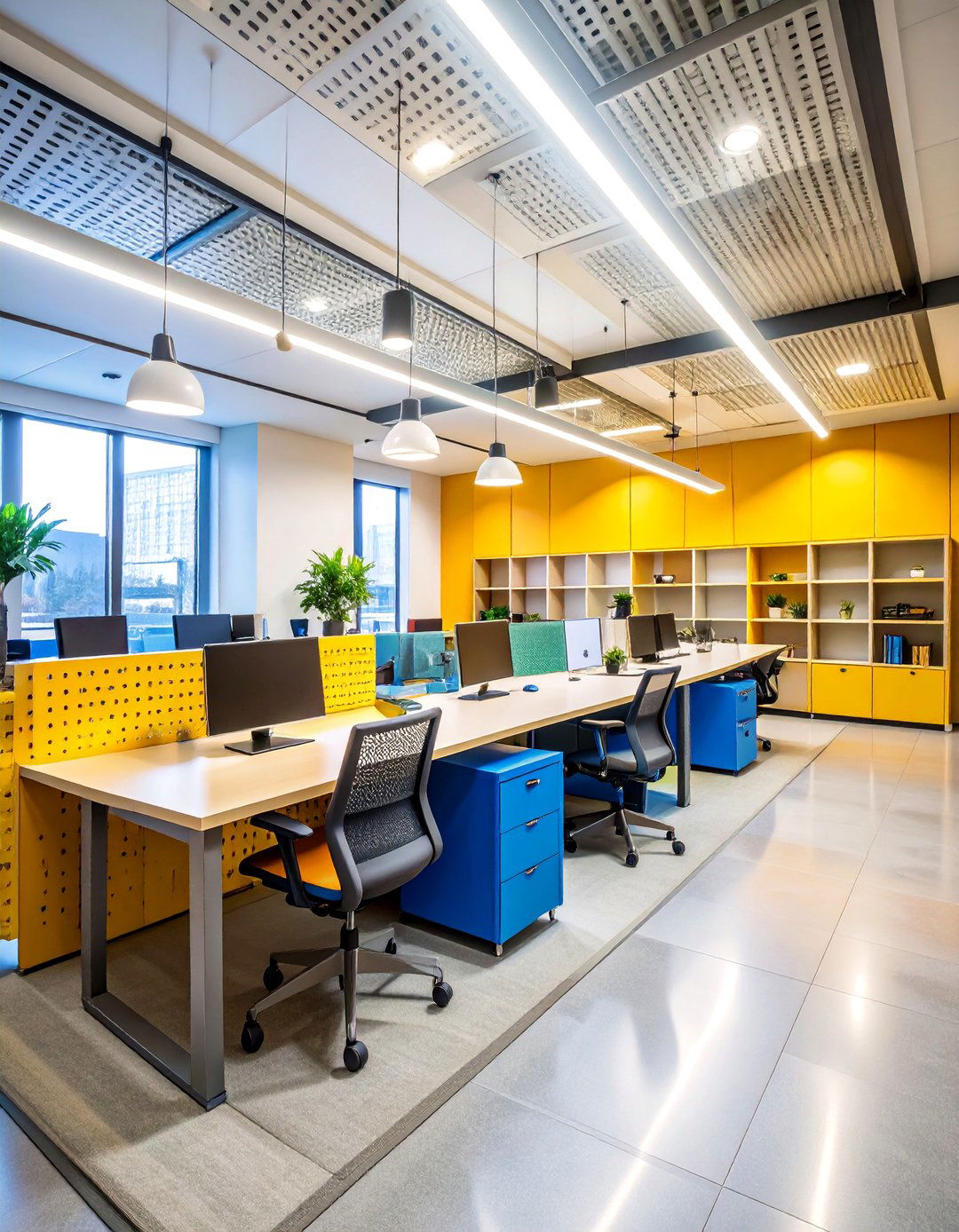
Establish efficient work environments through grid-based organizational systems that provide flexible storage and display options. Install pegboard walls, modular shelving units, and desk organizers that can be easily reconfigured as work requirements change. Use consistent spacing and proportional relationships that create visual harmony while maximizing functional capacity. Include task lighting that can be adjusted or repositioned within the grid system. Add color coding through accessories, containers, and organizational tools that reinforce the systematic approach while adding visual interest. These workspace solutions should demonstrate how systematic thinking can create both efficient and beautiful work environments that support productivity and creativity.
23. Staircase Design with Steel Railings and Minimal Details

Create architectural drama through staircase designs that emphasize structural honesty and geometric precision characteristic of Bauhaus architecture. Use steel railings with clean lines and minimal decorative elements that provide safety while maintaining visual lightness. Choose treads in natural wood or concrete that celebrate material properties while ensuring durability and slip resistance. Include integrated lighting within handrails or beneath treads that provides safe navigation while creating architectural interest. Design landings and transitions that maintain geometric relationships while accommodating practical circulation requirements. These staircases should function as sculptural elements that connect different floor levels while serving as design focal points.
24. Outdoor Connection with Floor-to-Ceiling Glass Doors

Extend interior living spaces through large glass door systems that create seamless connections between indoor and outdoor environments. Choose minimal frames that provide structural support while maximizing glass area and transparency. Include operable sections that allow for natural ventilation and easy transition between spaces. Design outdoor areas with furniture and materials that complement interior Bauhaus elements while accommodating weather exposure. Add lighting systems that work effectively for both interior and exterior use during evening hours. These connections should demonstrate the Bauhaus belief in honest relationships between architecture and landscape while expanding usable living space throughout favorable weather conditions.
25. Acoustic Solutions with Geometric Sound Panels
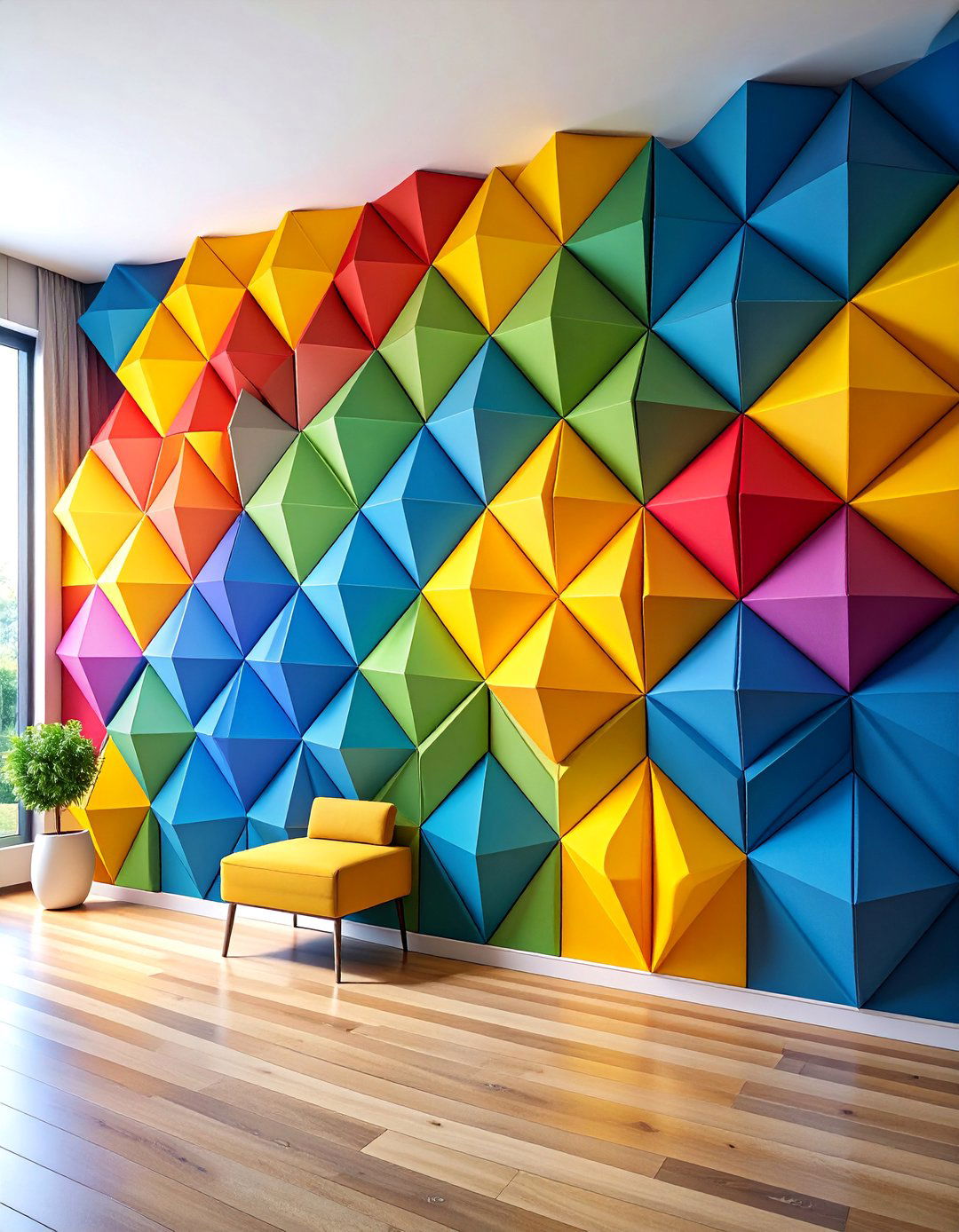
Address noise control through decorative acoustic panels that serve dual functions as sound treatment and wall art. Choose geometric shapes and patterns that reinforce Bauhaus design principles while providing effective sound absorption for improved room acoustics. Use fabric coverings in primary colors or neutral tones that complement existing color schemes while adding textural interest. Include panels that can be easily repositioned or replaced to accommodate changing needs or aesthetic preferences. Design mounting systems that appear minimal and architectural rather than obviously functional. These acoustic solutions should demonstrate how technical requirements can be addressed through beautiful design that enhances rather than compromises the overall aesthetic environment.
Conclusion:
These 25 Bauhaus interior design ideas demonstrate how this influential movement continues to provide relevant solutions for contemporary living. By emphasizing functional beauty, honest materials, and geometric precision, these concepts create environments that are both timeless and thoroughly modern. Each approach honors the fundamental Bauhaus principle that good design should enhance daily life through thoughtful integration of form and function, proving that practical solutions can also be profoundly beautiful.


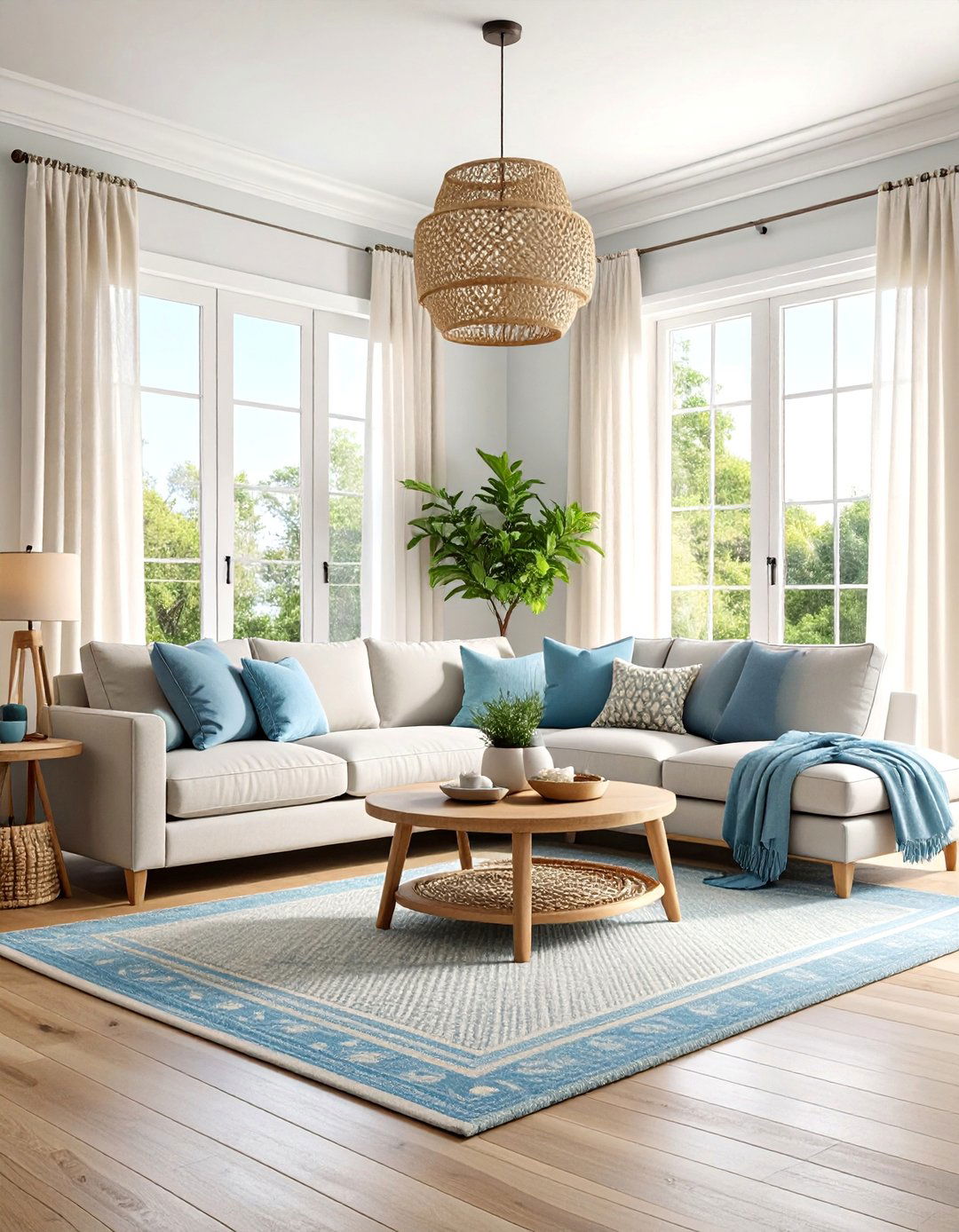
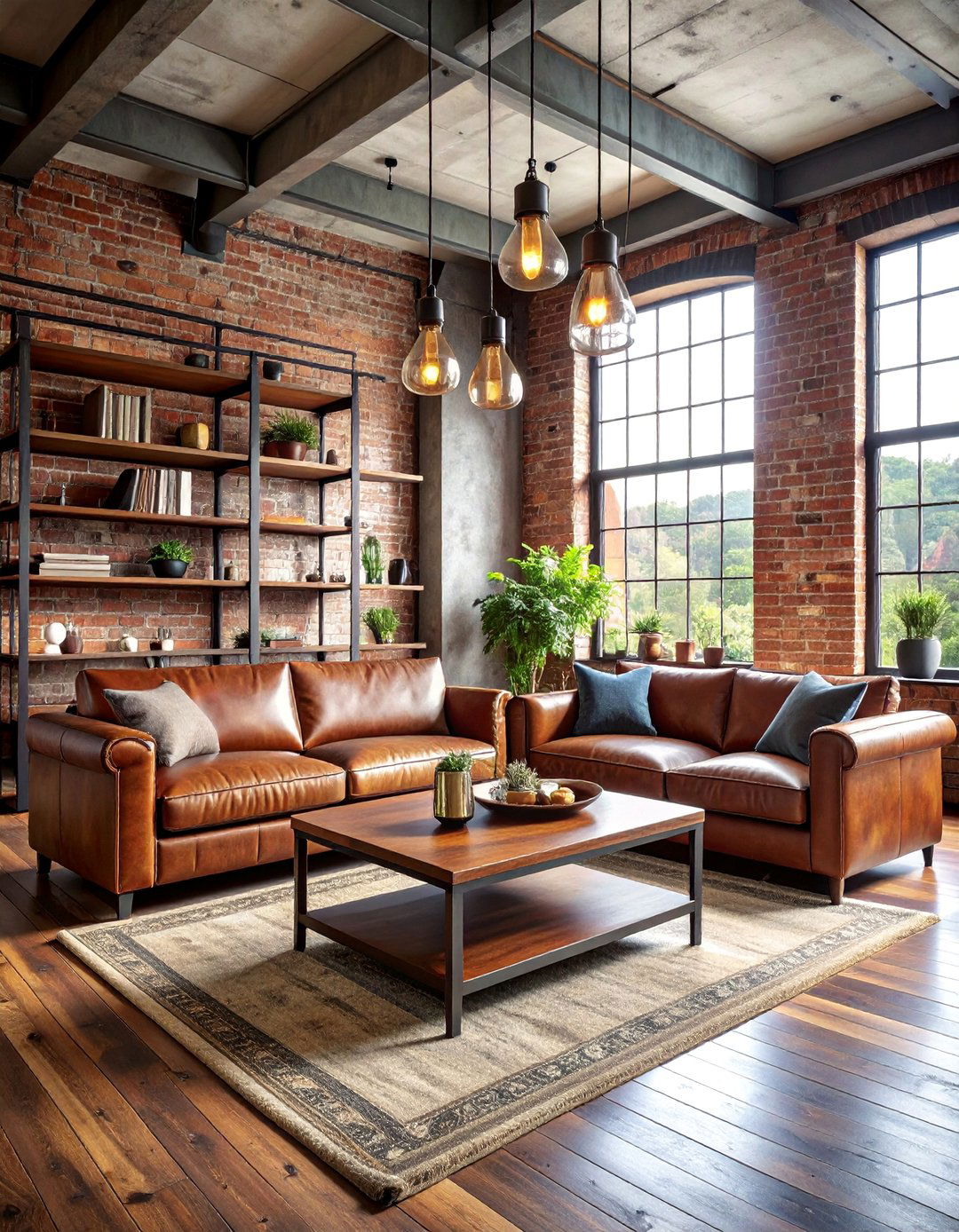
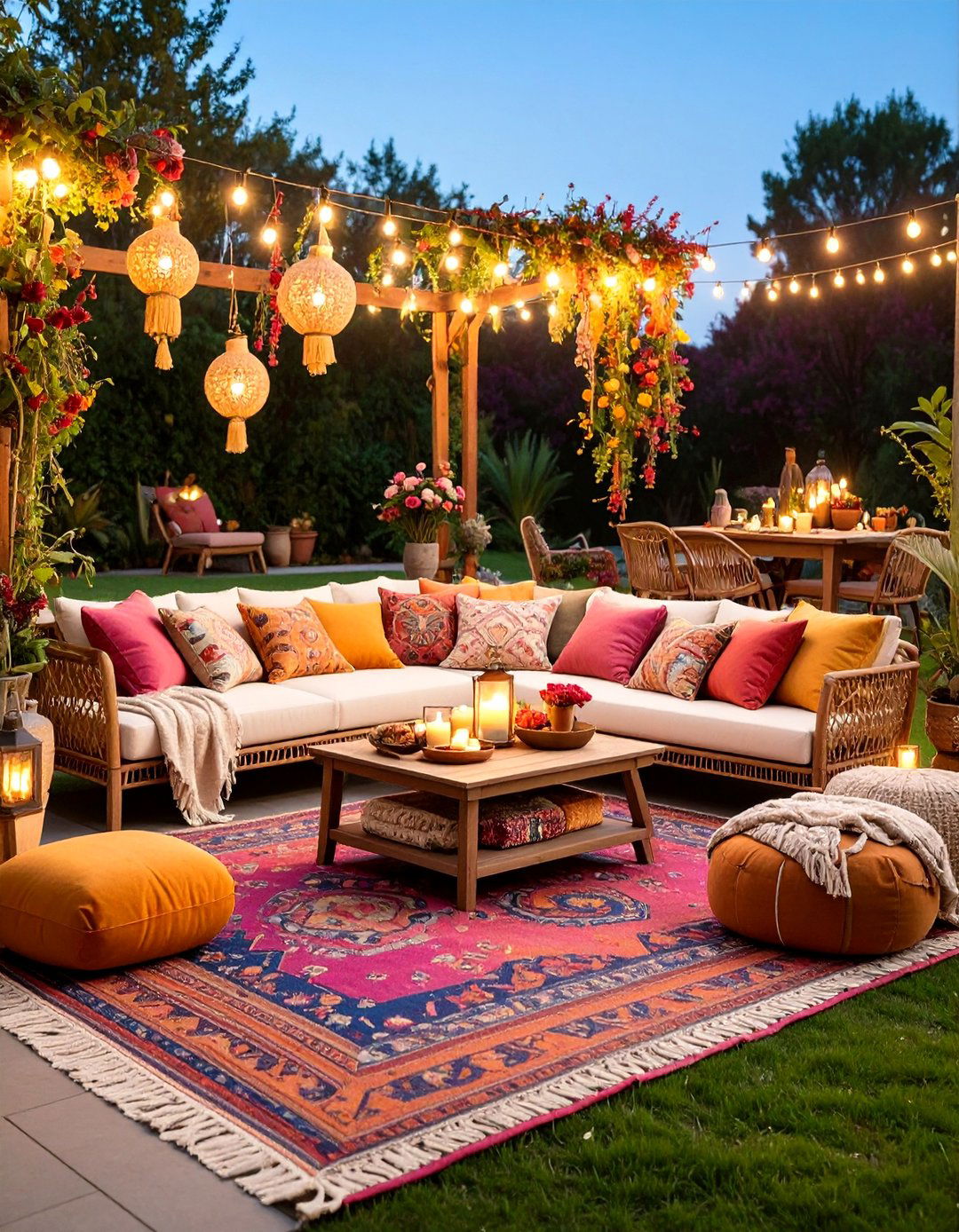
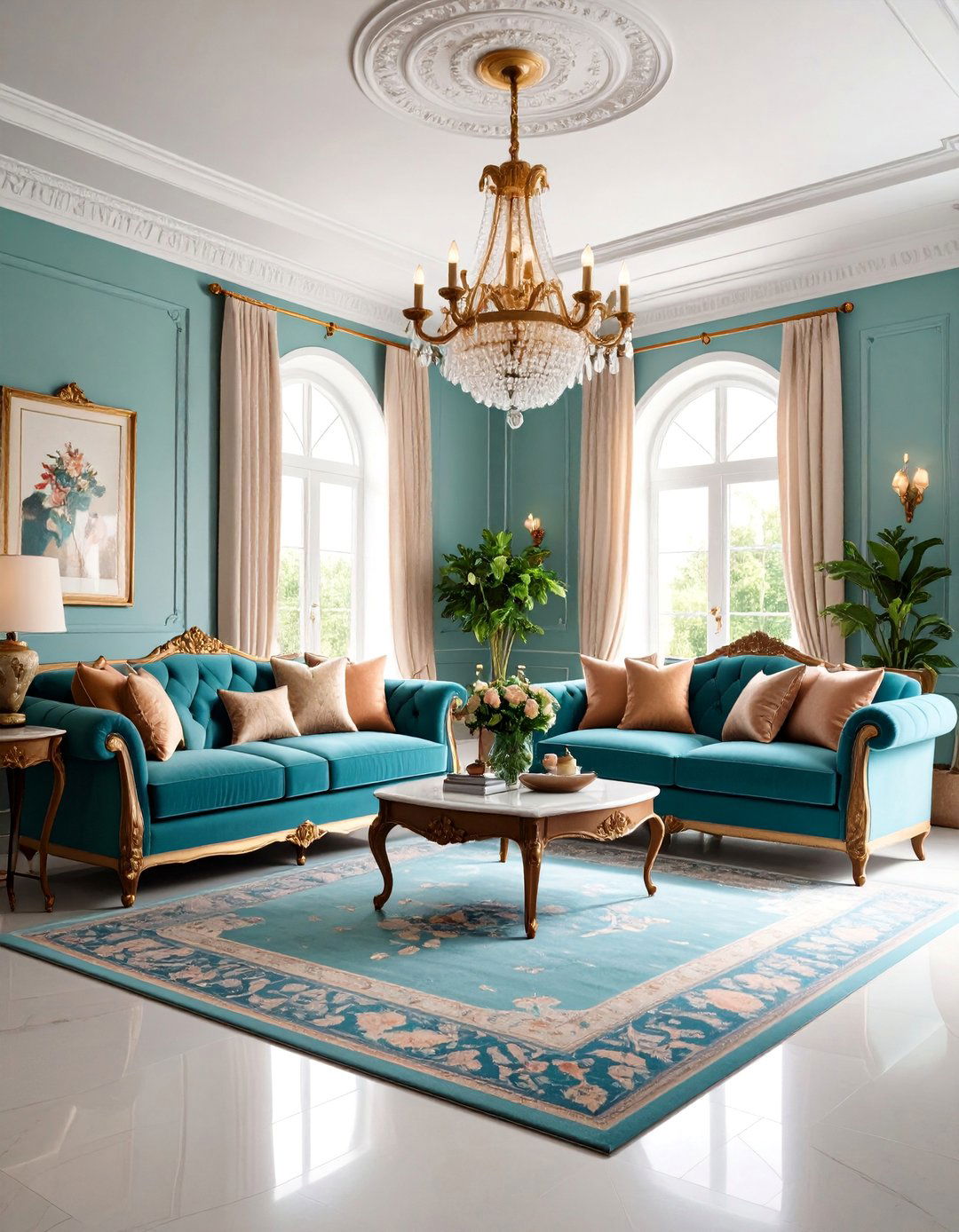

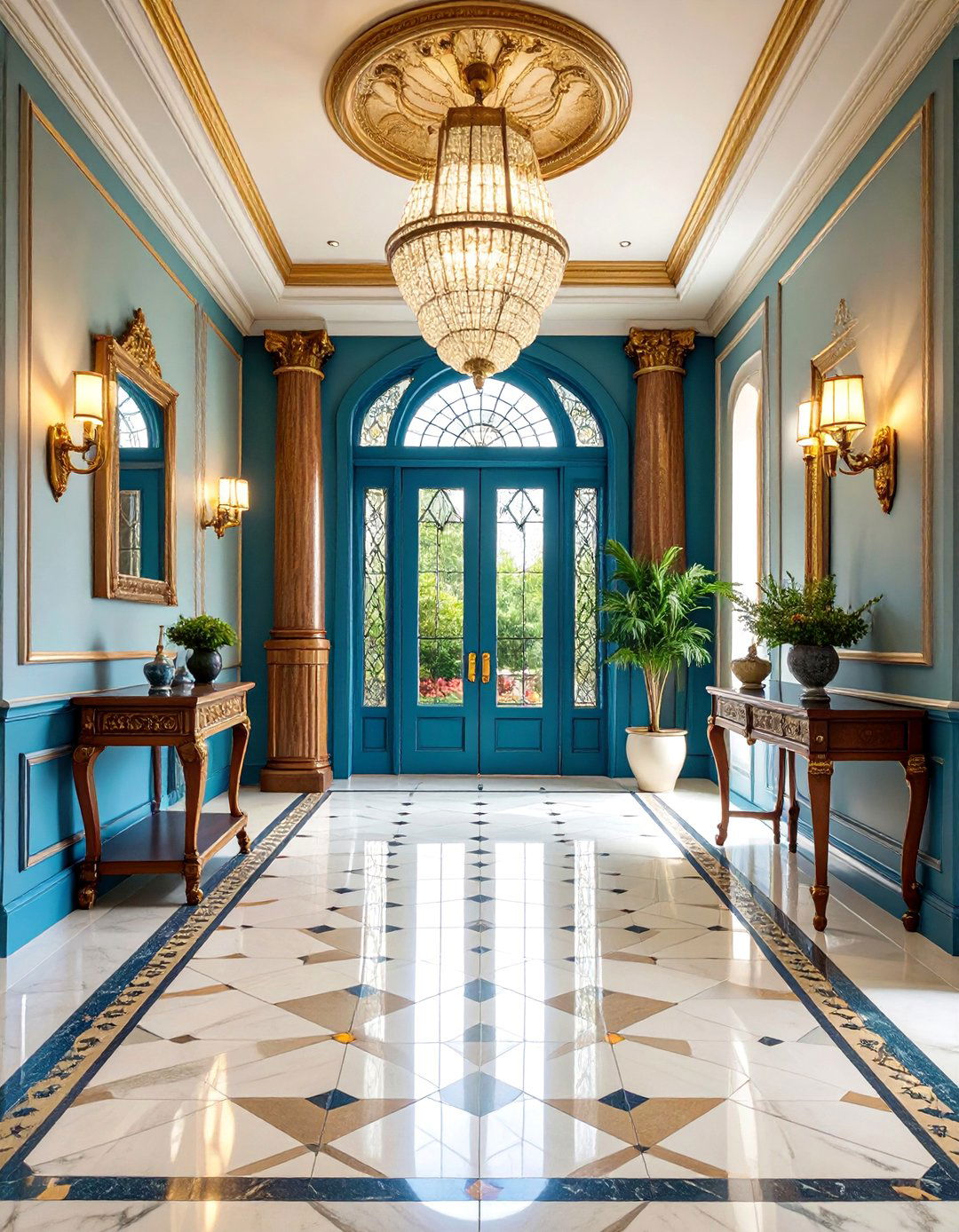

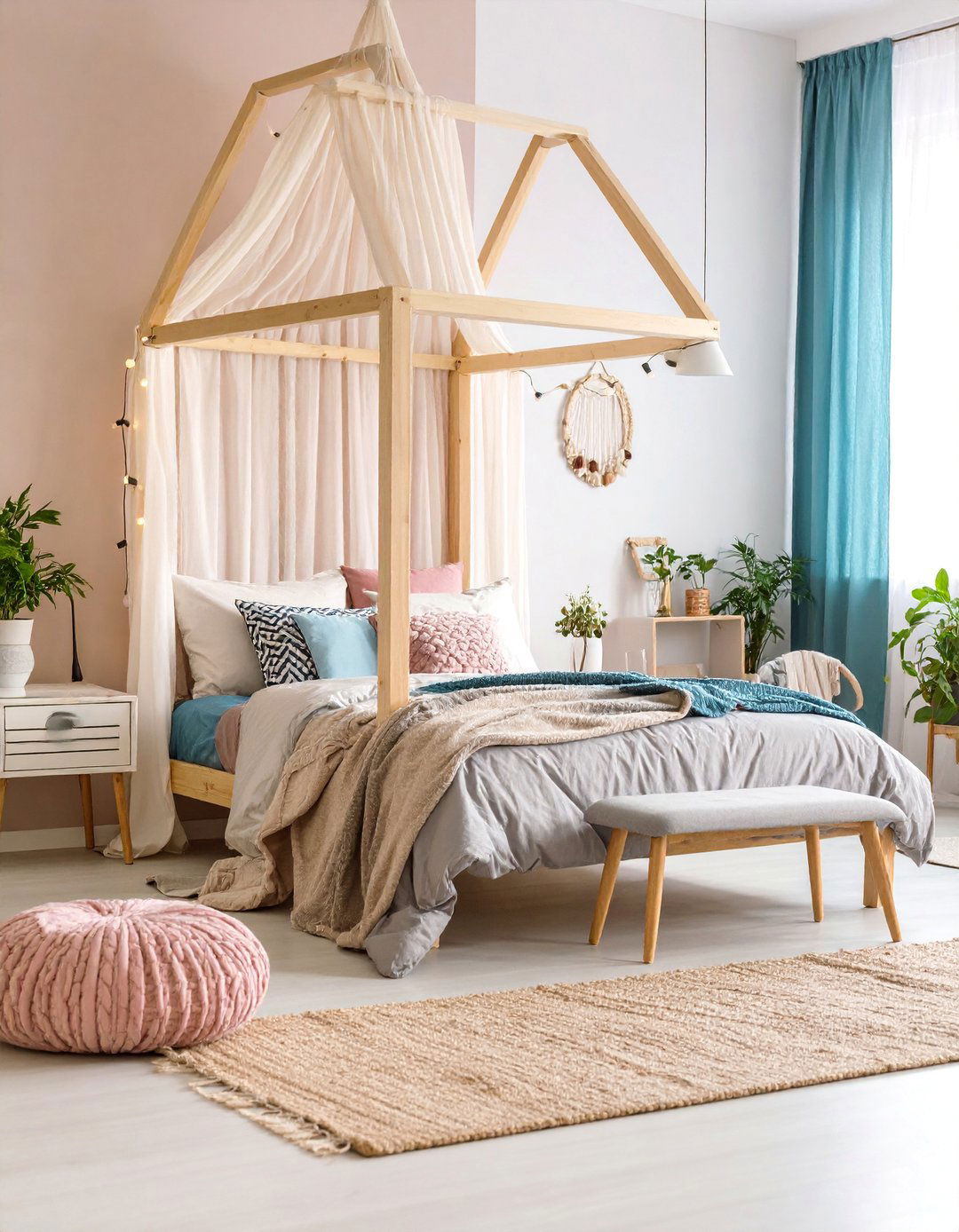
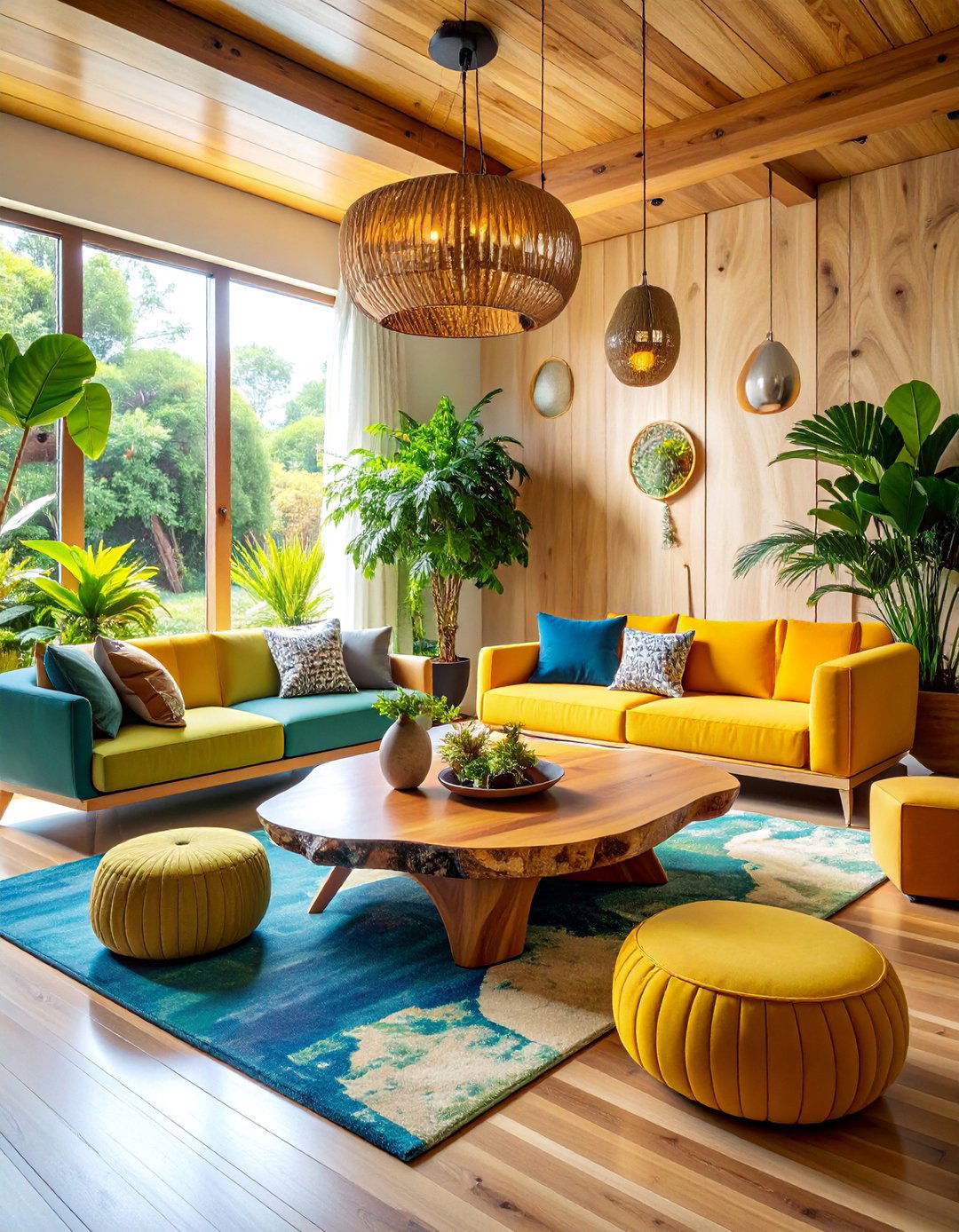
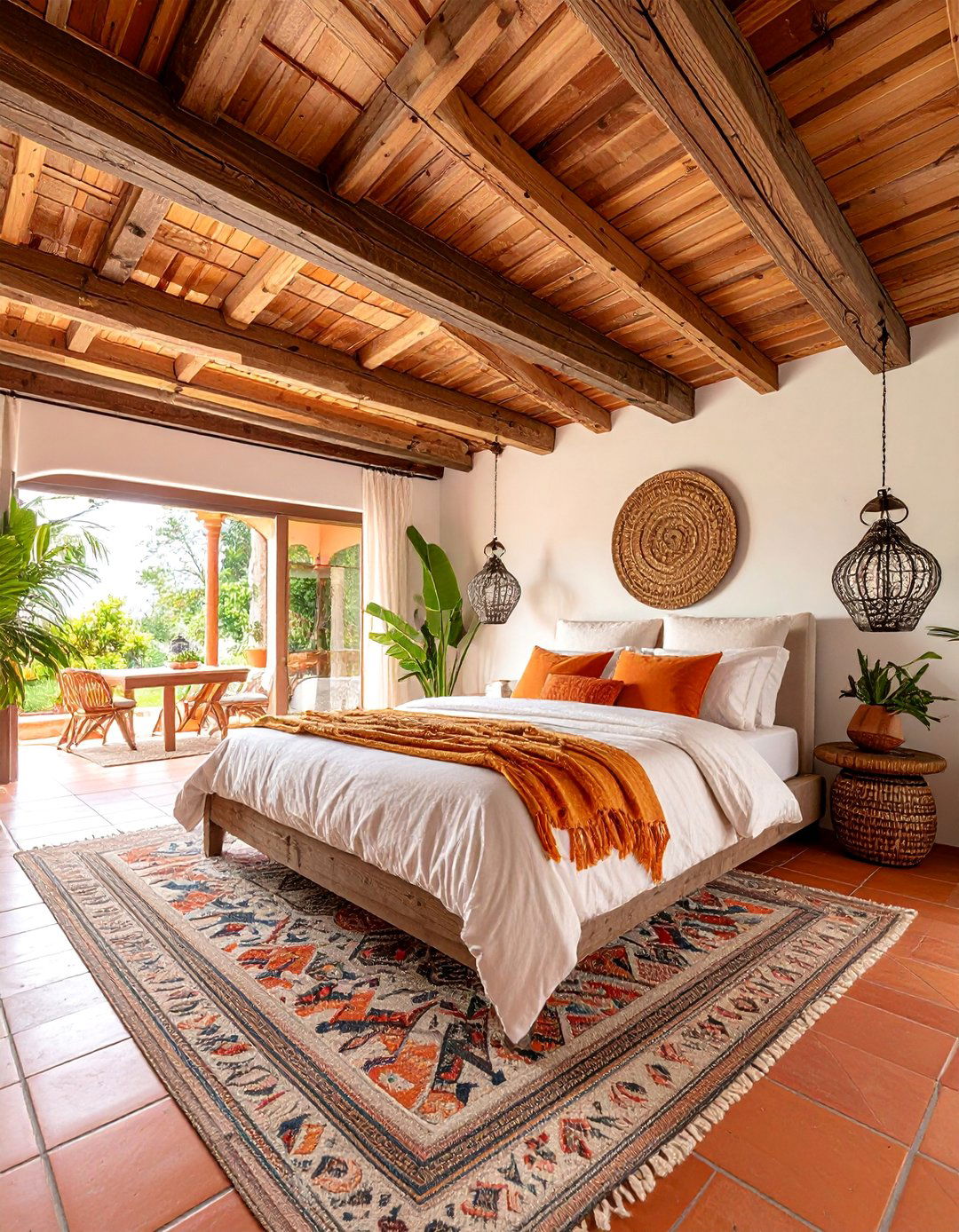




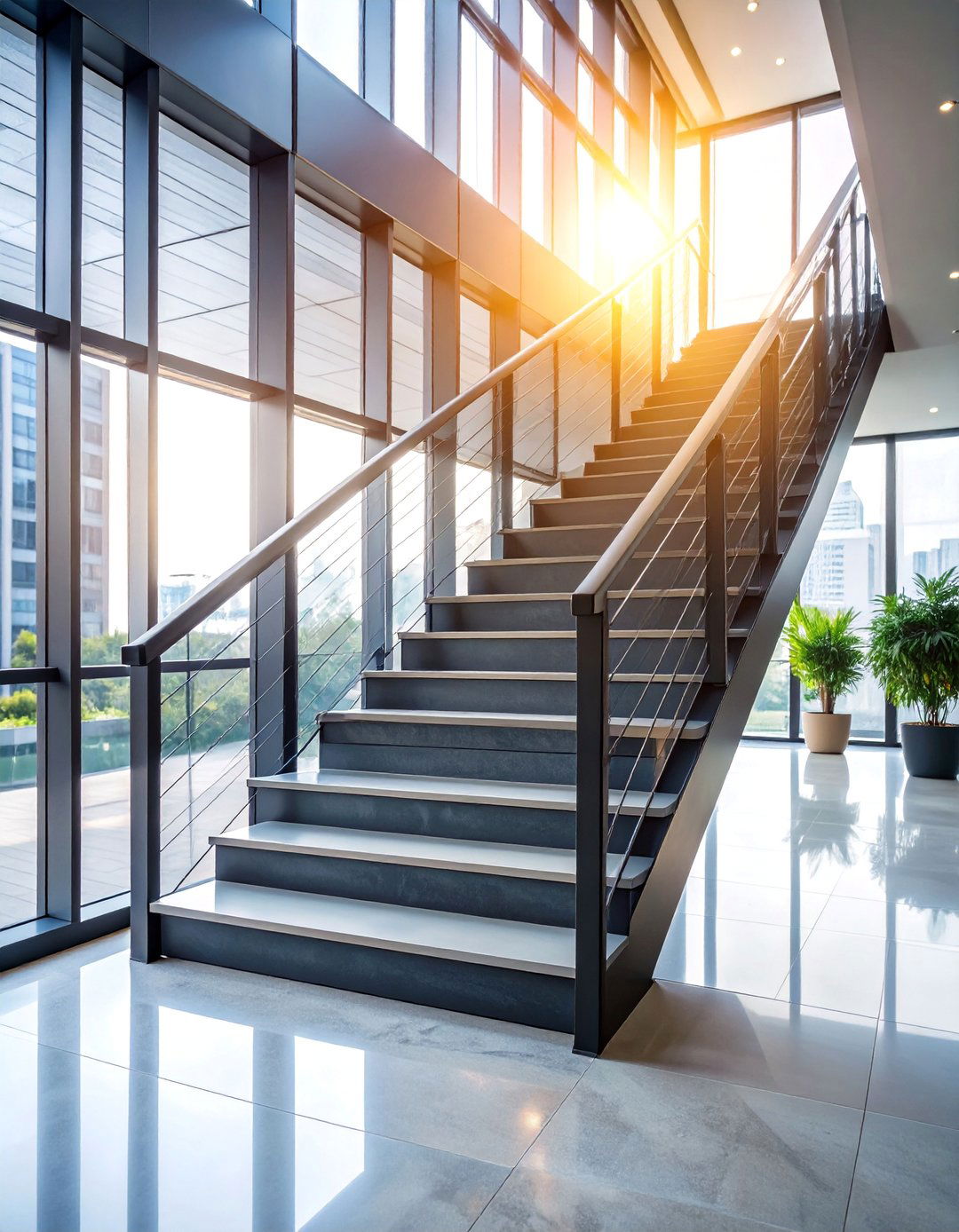
Leave a Reply